Are you interested in experiencing history firsthand? These are the best open air museums in Germany:
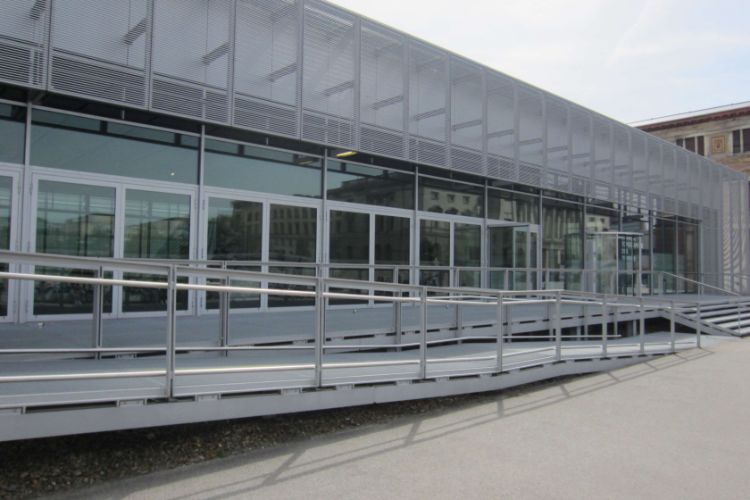
Topography of Terror
BerlinWhat used to be the headquarters of the Gestapo until 1945 is now an architectural complex which holds the evidence of Nazi crimes. There are three permanent exhibitions in Topography of Terror that you can explore and a number of temporary ones. All information is provided both in German and Englis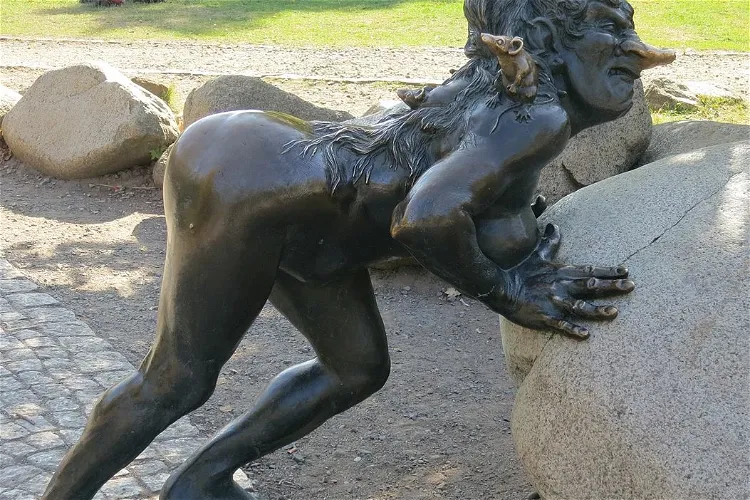
Hexentanzplatz Zoo
ThaleAbove the Hexentanzplatz, visitors can find the remains of the Sachsenwall. This wall, made of granite rocks, is believed to be part of a larger fortification that is over 1,500 years old. This historical site provides a glimpse into the past and the rich history of the area.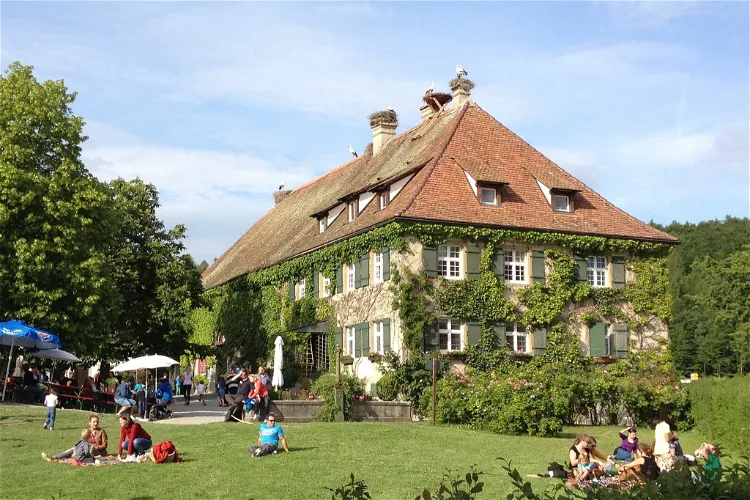
Affenberg Salem
SalemAffenberg Salem, located west of Salem in the Bodenseekreis, is Germany's largest monkey open-air enclosure. This unique zoo offers visitors the opportunity to observe nearly 200 Barbary macaques in a natural forest setting. The park is designed to allow visitors to move along fixed paths through the forest, without any separating grids or trenches shielding them from the animals.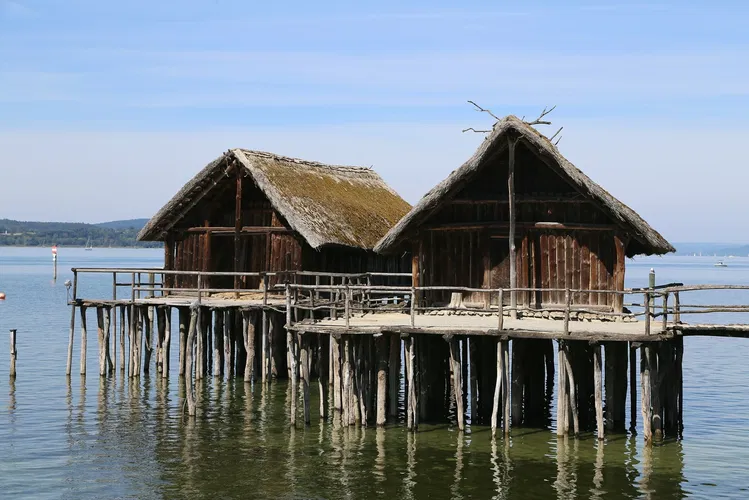
Pfahlbaumuseum Unteruhldingen
Uhldingen-MühlhofenThe Pfahlbauten Museum, located in the village of Unteruhldingen in the municipality of Uhldingen-Mühlhofen, is an open-air museum that showcases archaeological finds and reconstructions of stilt houses. The museum began in 1922 with the construction of the first two stilt houses and has since grown to include 23 wooden stilt houses. These houses are built on and slightly off the shore, connected by wooden plank walkways.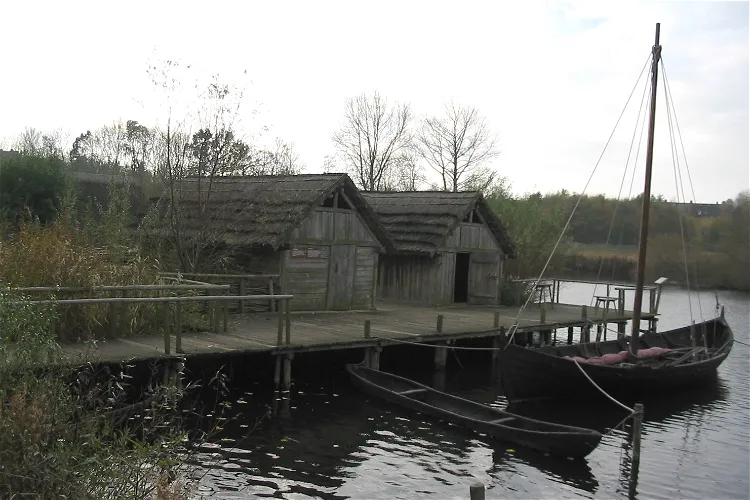
Oldenburger Wallmuseum
Oldenburg in HolsteinThe Oldenburger Wallmuseum, often simply referred to as the 'Wallmuseum', is situated in Oldenburg in Holstein. This museum is dedicated to presenting the history of the Slavs in East Holstein. It provides a unique opportunity for visitors to delve into the rich cultural and historical heritage of the region.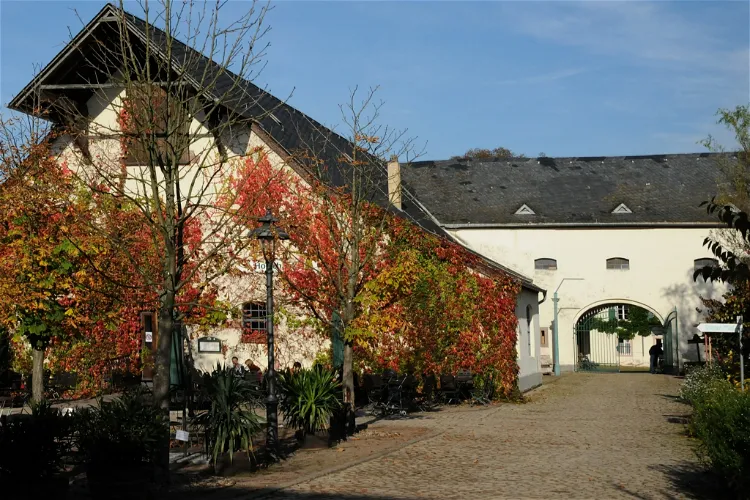
Roscheider Hof Open Air Museum
KonzThe Roscheider Hof Folklore and Open Air Museum, established in 1976, is situated in the city of Konz, in the Rheinland-Pfalz region of Germany. This museum is one of the largest German folklore museums, with an exhibition area of 4000 square meters and a total land area of 20 hectares.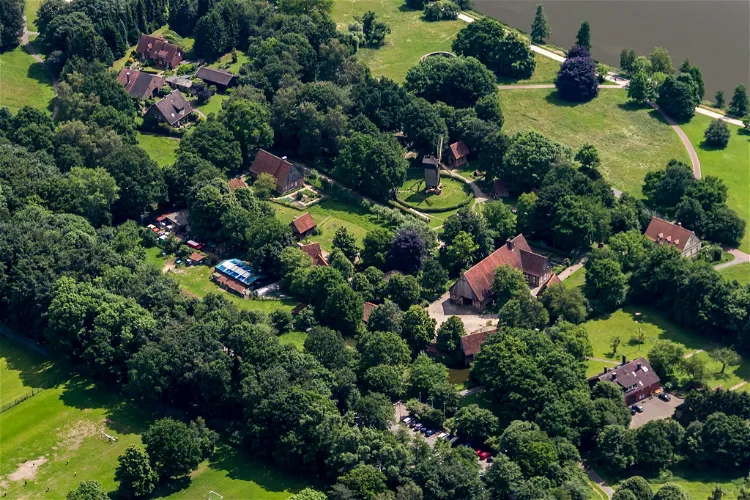
Mühlenhof Freilichtmuseum
MünsterThe Mühlenhof Open Air Museum Münster is conveniently located in the Sentrup district, making it easily accessible for tourists. Its proximity to other attractions such as the Aasee, the All-weather Zoo, and the LWL Museum of Natural History makes it an ideal stop for those looking to explore the cultural and natural history of the region.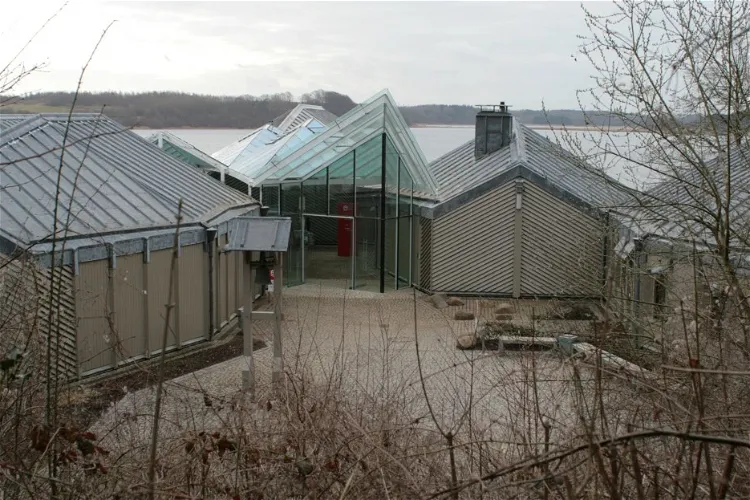
Hedeby Viking Museum
BusdorfThe Hedeby Viking Museum, located near the historic settlement of Hedeby in the state of Schleswig-Holstein, Germany, offers visitors a unique opportunity to delve into Viking history. The museum is situated in what was once Denmark's oldest city, providing a rich historical context for the exhibits and reconstructions on display.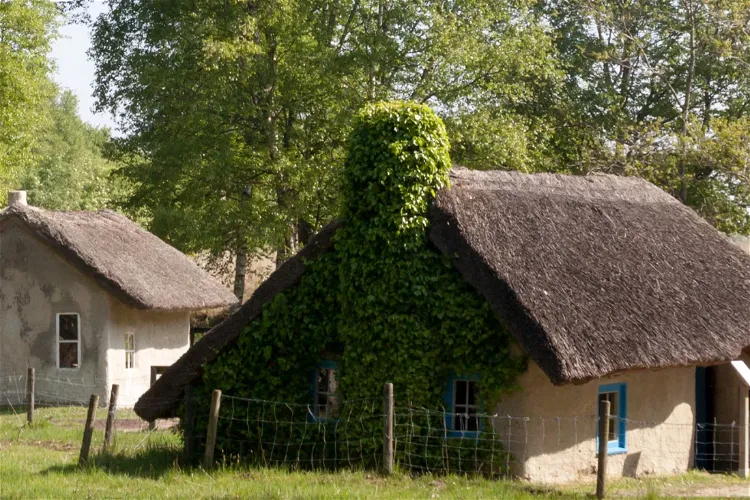
Moormuseum Moordorf
MoordorfThe Moormuseum Moordorf is an open-air museum located in Moordorf, a district of the municipality of Südbrookmerland. This East Frisian museum offers a unique insight into the history and culture of the region, making it a fascinating destination for tourists interested in history and culture.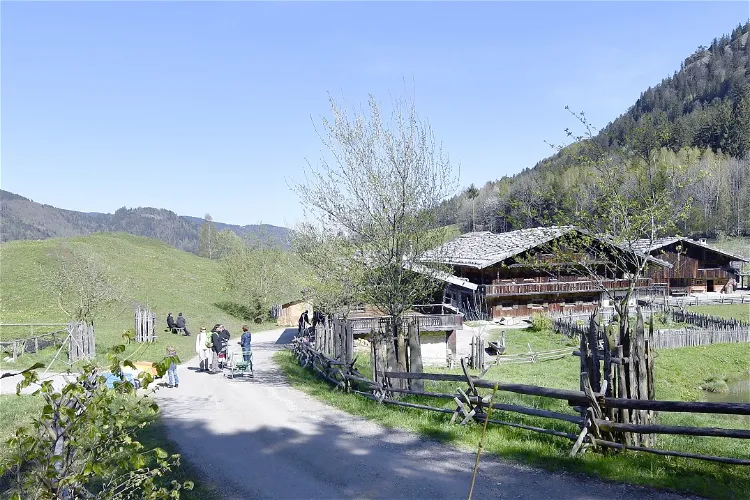
Markus Wasmeier Freilichtmuseum
SchlierseeThe Markus Wasmeier Freilichtmuseum is a privately owned museum situated on the edge of the Neuhaus district in the Upper Bavarian municipality of Schliersee. This location offers visitors a unique blend of cultural history and natural beauty, making it an ideal destination for those interested in exploring the rich heritage of the region.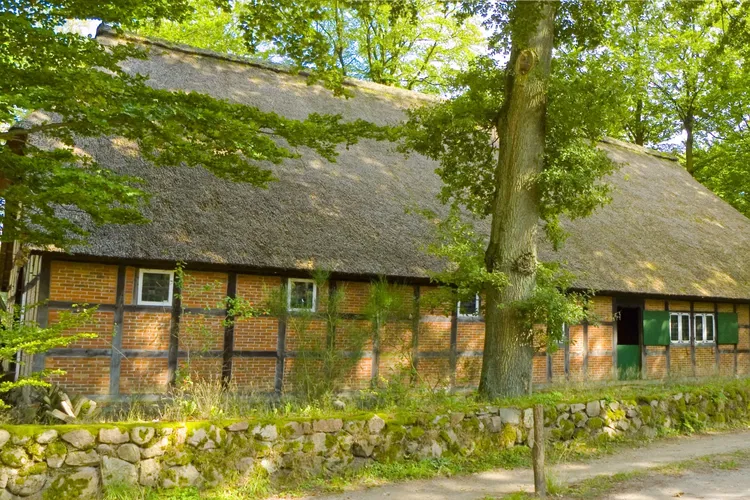
Dat ole Huus
WilsedeHeidemuseum Dat ole Huus, located in Wilsede, Lower Saxony, is a local history museum that was established in 1907. This makes it one of the oldest open-air museums in Germany, offering a unique insight into the country's past. The museum is operated by the Naturschutzpark e. V. (VNP) and its foundation, the Naturschutzpark Lüneburger Heide.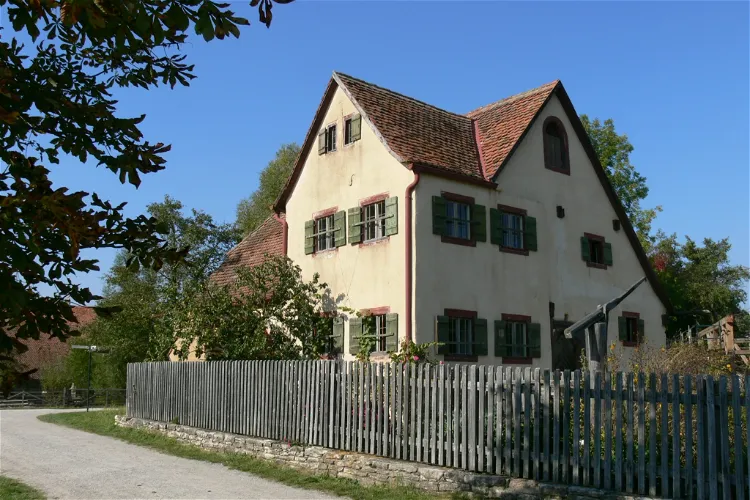
Franconian Open Air Museum
Bad WindsheimThe Franconian Open Air Museum Bad Windsheim is located on the southern edge of the old town of Bad Windsheim. The museum spans a vast area of 45 hectares, providing ample space for visitors to explore and immerse themselves in the rich history and culture of the region.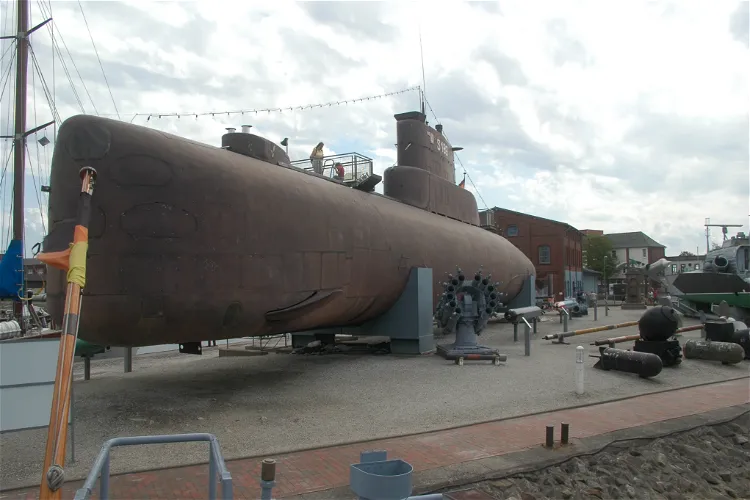
Deutsches Marinemuseum Wilhelmshaven
WilhelmshavenThe Deutsches Marinemuseum in Wilhelmshaven is a significant institution that presents the evolution of German naval military since 1848. The museum's primary focus is on the Bundesmarine / German Navy, providing visitors with a comprehensive understanding of Germany's maritime history and the role of its navy over the years.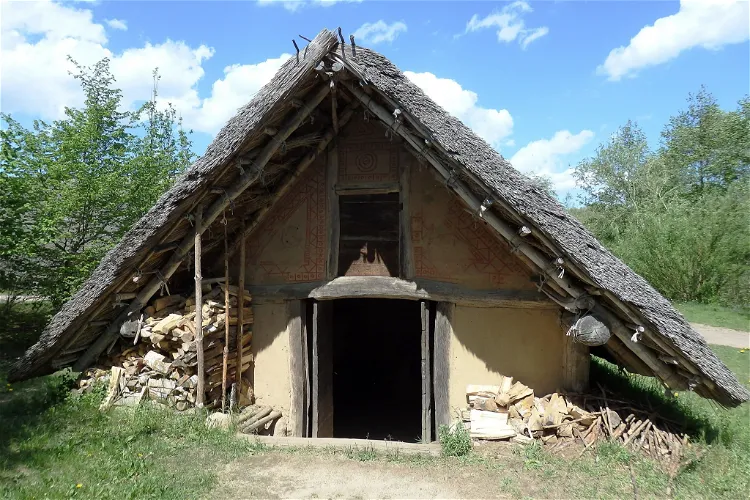
Hitzacker Archaeological Centre
HitzackerThe Hitzacker Archaeological Centre is an open-air museum located in Hitzacker, Lower Saxony. The museum's main focus is on the representation of Bronze Age settlement methods. This provides a unique opportunity for visitors to gain insights into the living conditions and lifestyle of people during the Bronze Age.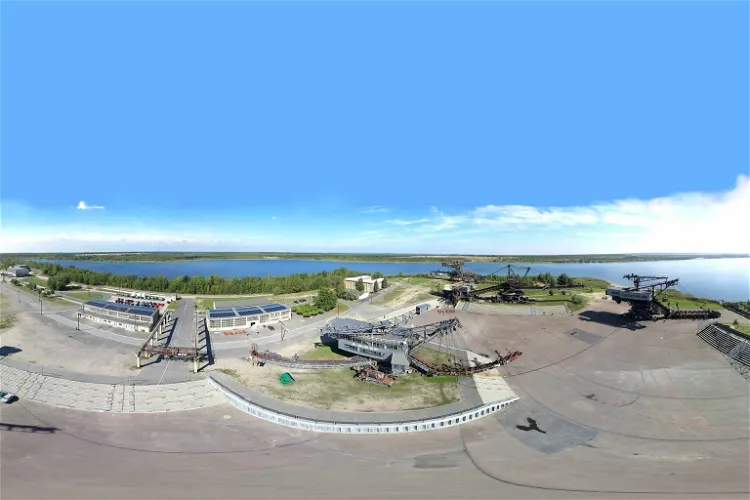
Ferropolis
GräfenhainichenFerropolis, also known as the 'City of Iron', is an industrial museum and event venue situated in Gräfenhainichen, east of Dessau-Roßlau. It is located on a peninsula in the Gremminer See, which was formerly the open-cast mine Golpa-Nord. This unique location offers visitors a chance to explore the history of the mining industry while enjoying the natural beauty of the surrounding area.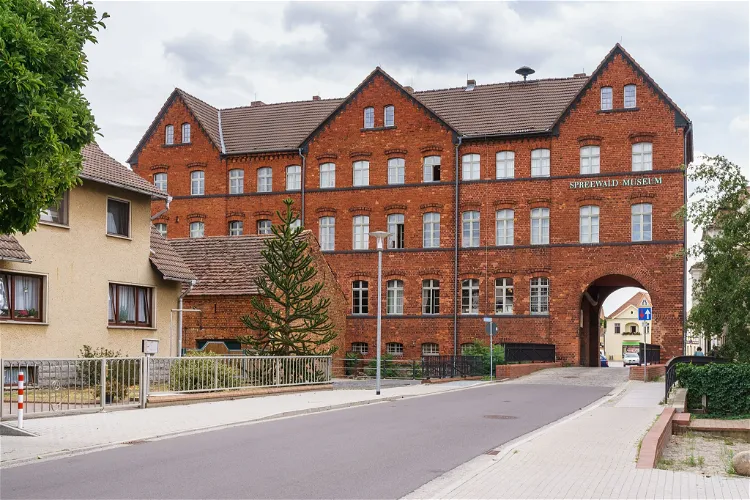
Spreewald-Museum
Lübbenau/SpreewaldThe Spreewald Museum Lübbenau is a museum located in the city of Lübbenau, which is situated in the Spreewald region. This location makes it a central point of interest for those wanting to learn about the history and culture of the Spreewald region.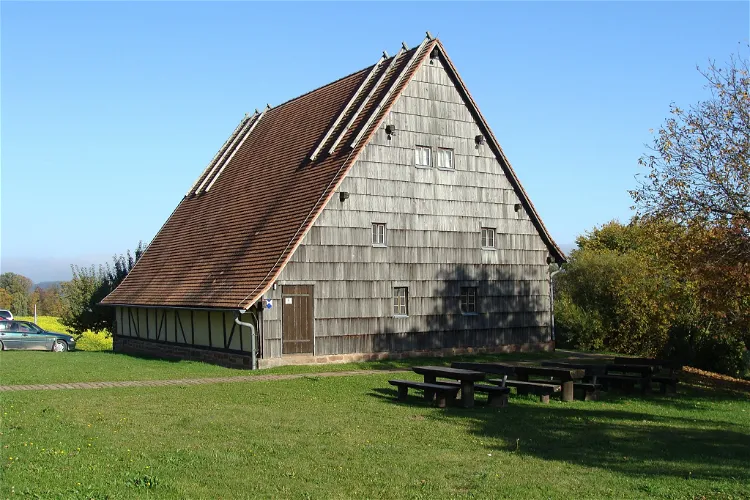
Waldmuseum Watterbacher Haus
PreunschenThe Watterbacher Haus is a significant historical site located in Preunschen, a district of Kirchzell, in the Lower Franconian district of Miltenberg in Bavaria. This historic farmhouse and forest museum offers a unique glimpse into the past, showcasing the traditional architecture and lifestyle of the region. It is a place where history and nature intertwine, providing a rich and immersive experience for visitors.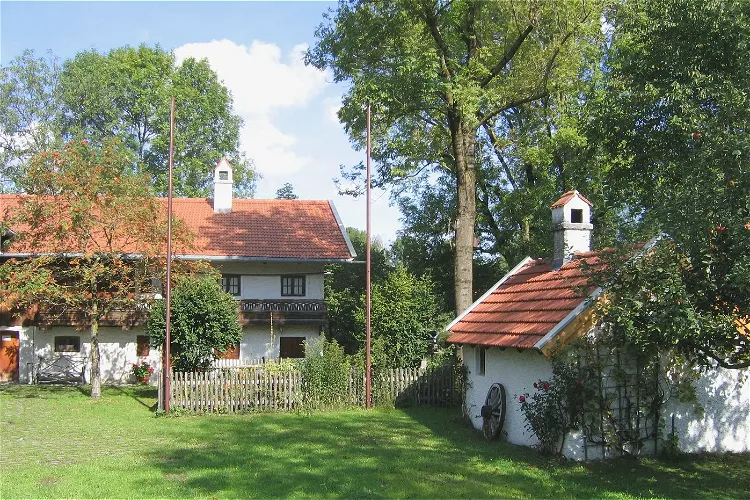
Wolfschneiderhof
TaufkirchenThe Wolfschneiderhof Museum is a significant cultural institution located in the municipality of Taufkirchen, near Munich. It serves as a representation of the local history and culture, providing visitors with an opportunity to learn about the region's past.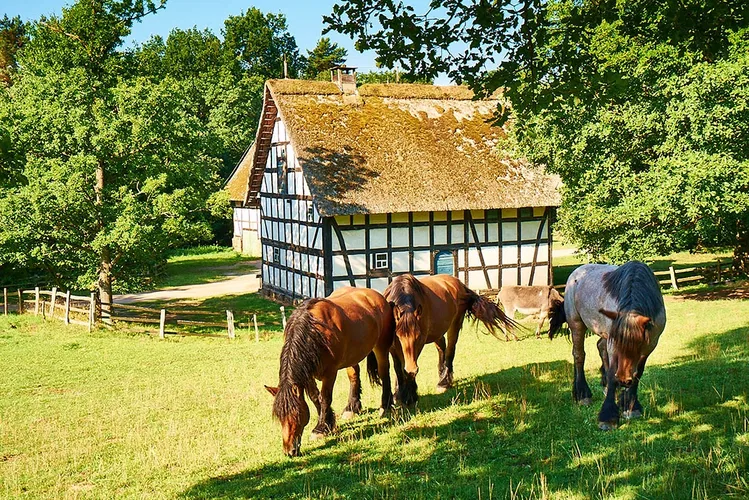
Kommern Open Air Museum
MechernichThe Kommern Open Air Museum, located in Kommern/Eifel, is recognized as one of the largest open air museums in Europe. It spans an impressive area of over 95 hectares and showcases approximately 67 historic buildings that originate from the Prussian Rhine Province. The museum is operated by the Rhineland Regional Association (Landschaftsverband Rheinland, LVR).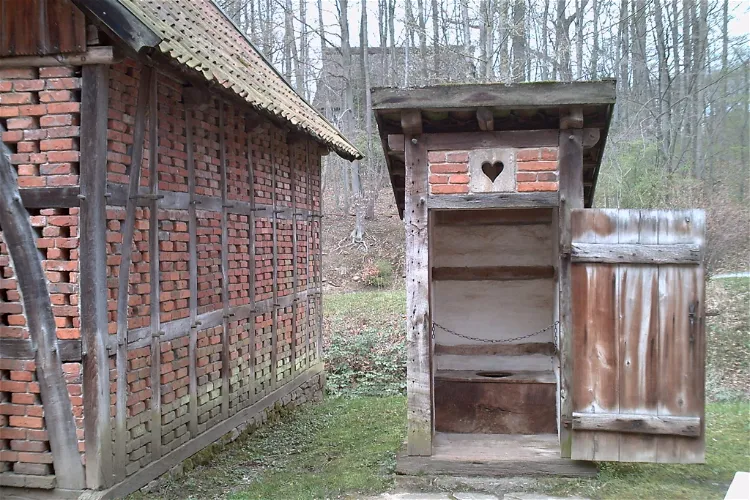
Open-Air Museum Detmold
DetmoldThe LWL Open-Air Museum Detmold, also known as LWL-Freilichtmuseum Detmold, is an open-air museum situated in the city of Detmold in Germany. This museum offers a unique opportunity to explore the rich history and culture of the region in an immersive outdoor setting.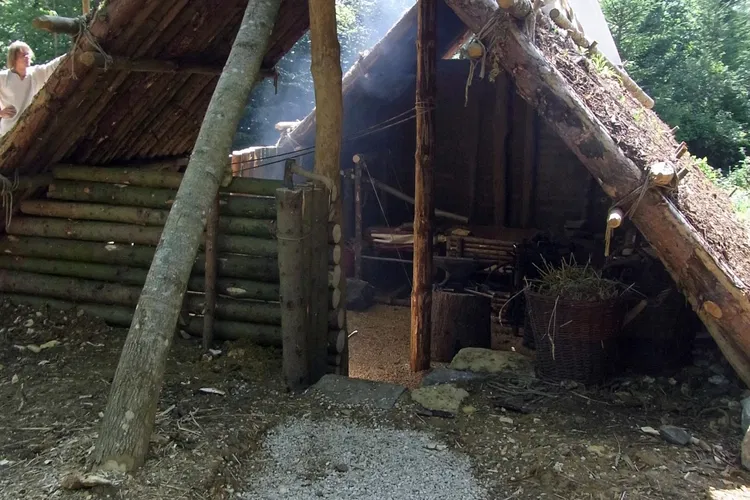
Campus Galli
MeßkirchCampus Galli is a unique project located in Meßkirch, Baden-Württemberg, Germany. It is a Carolingian monastic community that is currently under construction. The project aims to build a medieval monastery according to the early ninth-century Plan of Saint Gall using techniques from that era. This makes it a living history site where visitors can witness the construction process and learn about the historical techniques used.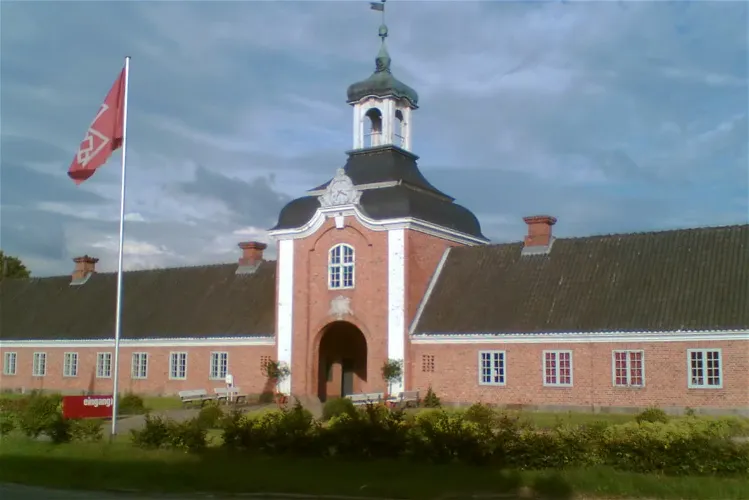
Freilichtmuseum Molfsee
RammseeThe Schleswig-Holstein Open Air Museum, located in the village of Molfsee just south of Kiel, is a significant open-air museum in northern Germany. It offers a unique opportunity to explore the historical and cultural heritage of the region in an immersive outdoor setting.
Bauernhaus-Museum Allgäu-Oberschwaben Wolfegg
WolfeggThe Bauernhaus-Museum Allgäu-Oberschwaben Wolfegg, located in Wolfegg in the Ravensburg district, is a unique open-air museum that showcases over twenty historical buildings from Upper Swabia and the Württemberg Allgäu. These buildings are spread across a 12-hectare site, which also houses a variety of farm animals. This provides visitors with a comprehensive insight into the region's rural history and culture.
Hohenloher Freilandmuseum
Schwäbisch HallThe Hohenloher Freilandmuseum Wackershofen is a regional open-air museum located in the hamlet of Wackershofen, part of Schwäbisch Hall. Opened in 1983, the museum showcases old buildings from the northeast of Baden-Württemberg, primarily from the districts of Hohenlohe and Schwäbisch Hall. It also features structures from the Main-Tauber district, the Heilbronn district, the Rems-Murr and Ostalbkreis, as well as the districts of Heidenheim and Ludwigsburg.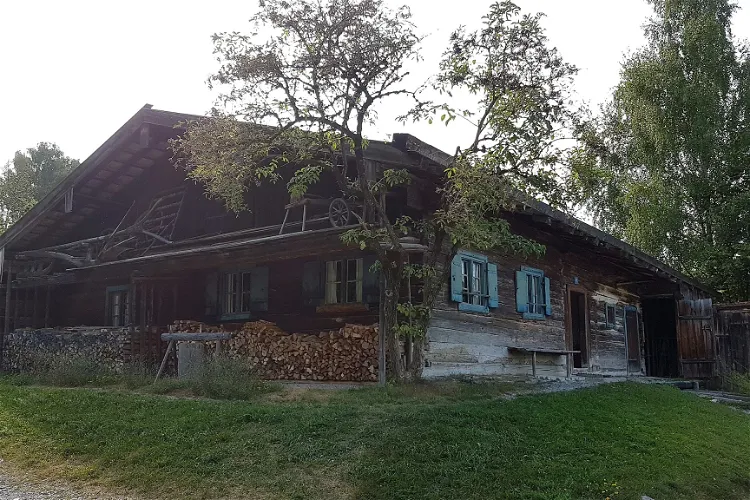
Freilichtmuseum Glentleiten
GroßweilThe Freilichtmuseum Glentleiten is a museum located in Oberbayern, dedicated to showcasing the rural life, living conditions, and economy of past centuries. It provides a unique opportunity for visitors to step back in time and experience the way of life in rural Oberbayern during the past centuries. The museum is a testament to the region's rich history and cultural heritage.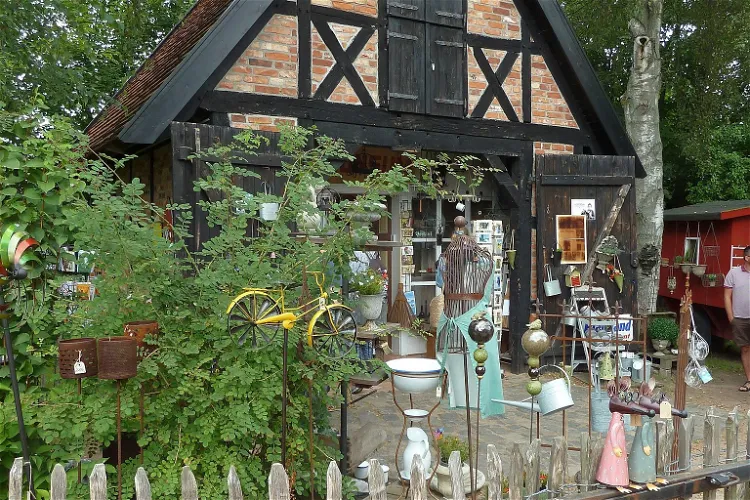
Freilichtmuseum Klockenhagen
Ribnitz-DamgartenThe Freilichtmuseum Klockenhagen is open to visitors from April 1 to October 31. During this period, the museum hosts a variety of events including plant tours, sheep shearing, book readings, and craftsman days. Additionally, a special exhibition is regularly displayed during the summer season, providing a unique experience for visitors.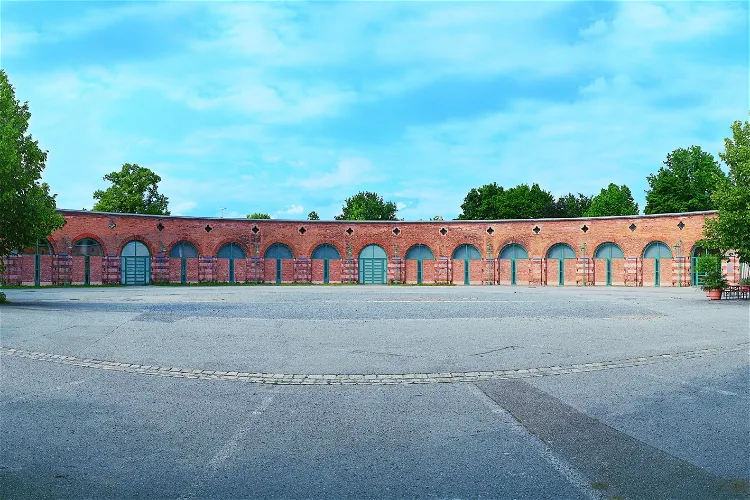
Lokschuppen
RosenheimThe Lokschuppen Rosenheim is an exhibition center situated in the heart of Rosenheim. It was established in 1988, following the transformation of the engine house of the city's first railway workshop. This historical site now serves as a cultural hub, hosting a variety of exhibitions and events throughout the year.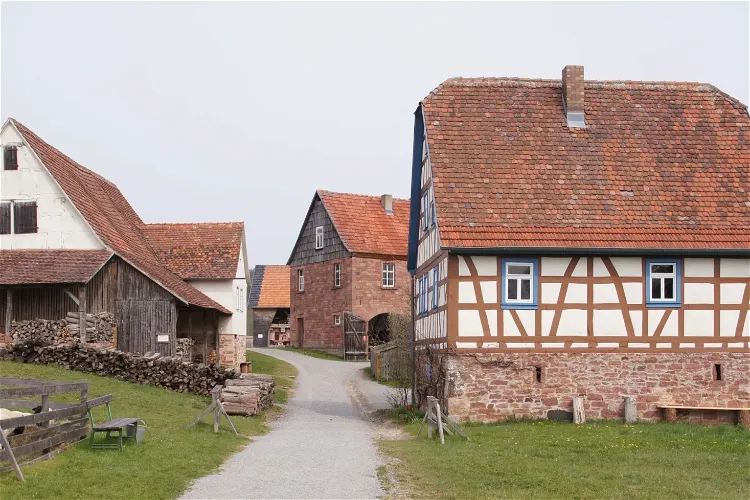
Odenwälder Freilandmuseum
WalldürnThe Odenwälder Freilandmuseum is an open-air museum located in Gottersdorf, a district of Walldürn. It is managed by the Förderverein Odenwälder Freilandmuseum e.V. The museum is open to the public from the 1st of April until the end of October each year, providing a unique opportunity to explore the history and culture of the region.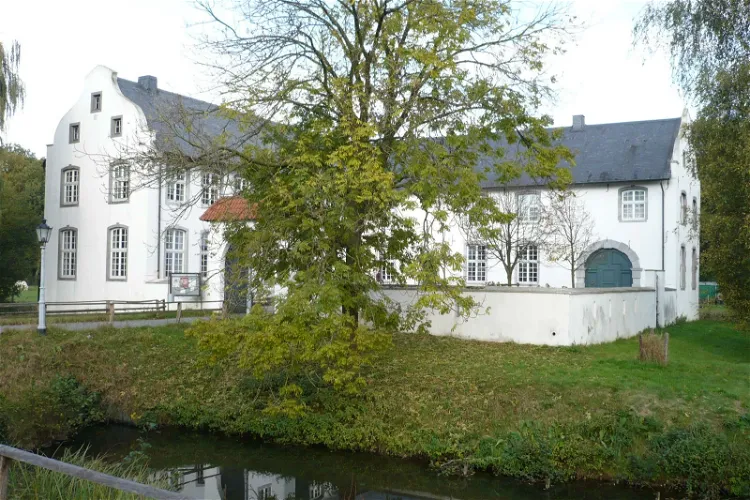
Dorenburg Open-Air Museum
GrefrathThe Niederrheinische Freilichtmuseum is a folkloric open-air museum that provides a glimpse into the rural and artisanal culture of the central Lower Rhine region. It is an excellent place for tourists who are interested in history and culture to learn about the traditional ways of life in this part of Germany.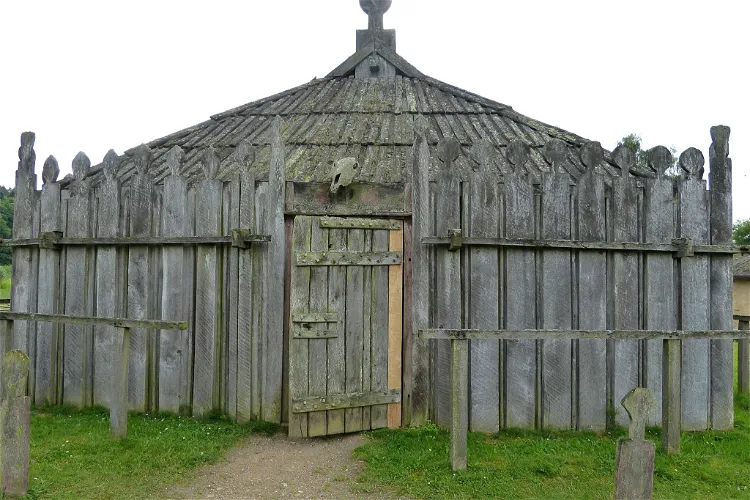
Groß Raden Archaeological Open Air Museum
SternbergThe Groß Raden Archaeological Open Air Museum is situated in the German state of Mecklenburg-Vorpommern, a few kilometres north of the small town of Sternberg and about a kilometre northeast of the village of Groß Raden. This location makes it easily accessible for tourists visiting the region.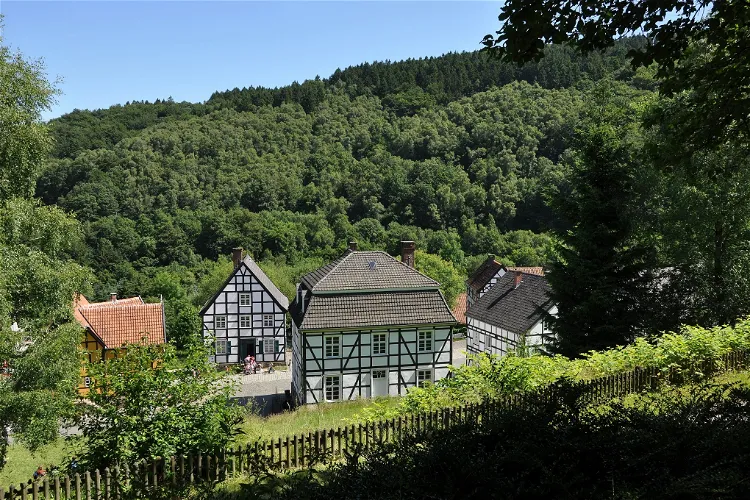
Hagen Westphalian Open-Air Museum
HagenThe Hagen Westphalian Open-Air Museum is situated in the southeastern Ruhr area, in Hagen, North Rhine-Westphalia, Germany. This location is easily accessible and offers a unique opportunity to explore the history of craft and technics in a hands-on manner.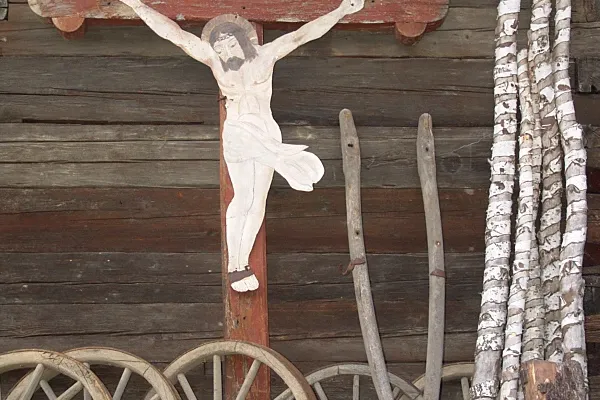
Bavarian Forest Museum Village
HötzendorfThe Bavarian Forest Museum Village, located near Tittling on the southwestern shore of the Dreiburgensee lake in the Bavarian Forest, is an open air museum. This location offers a unique opportunity to explore the rich history and culture of the region in a picturesque setting.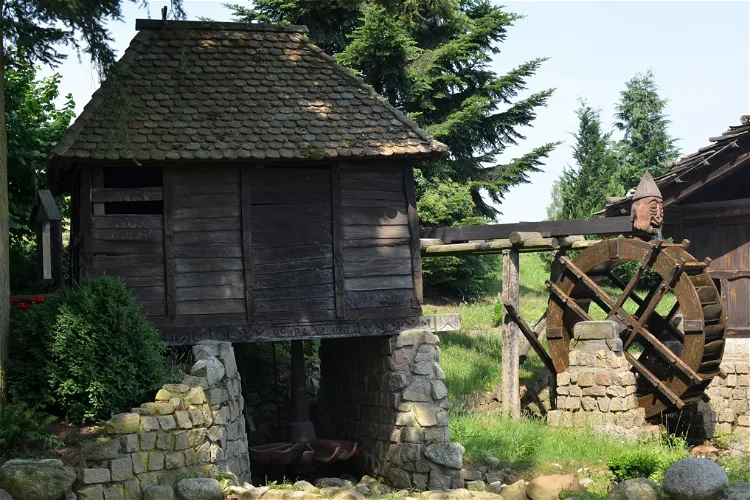
International Museum Gifhorn
GifhornThe International Windmill and Watermill Museum in Gifhorn, Lower Saxony, Germany is an open-air museum that offers a unique experience for visitors. It houses 15 buildings, either original or exact replicas of mills from 12 different countries. Each mill's surroundings are designed to reflect the topography typical of its country of origin. This provides a unique opportunity for visitors to experience a variety of cultures and historical periods in one location.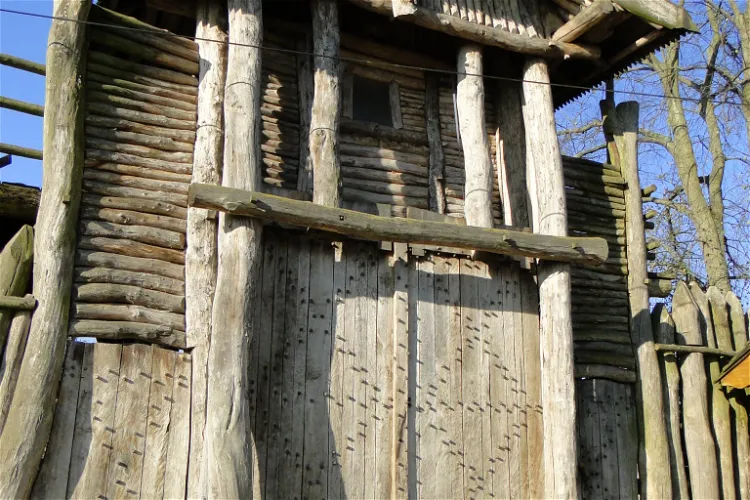
Slavic Village Passentin
PenzlinThe Slawendorf Passentin is an archaeological open-air museum situated in the Passentin district of Penzlin, in the Mecklenburg Lake District of Mecklenburg-Western Pomerania, Germany. This museum offers a unique opportunity to explore the historical and cultural heritage of the region, with buildings reconstructed based on archaeological findings from the 9th and 10th centuries.
Lava-Dome
MendigThe Lava-Dome is not just a museum but also a science center where visitors can explore geological and volcanological phenomena themselves. This interactive feature allows visitors to gain a hands-on understanding of the processes that lead to volcanic eruptions and the workings of the Earth's interior. It's an engaging way to learn about the science behind volcanoes.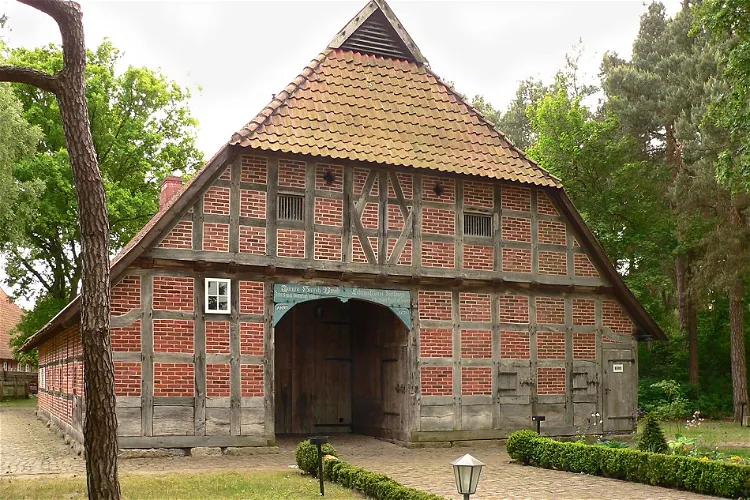
Winsen Museum Farm
Winsen (Aller)The Winsen Museum Farm, located in Winsen (Aller) in the north German state of Lower Saxony, is an open-air museum that was established in 1982. It offers a unique opportunity to explore the history and culture of the region, with a variety of buildings and exhibits that reflect the area's rural past.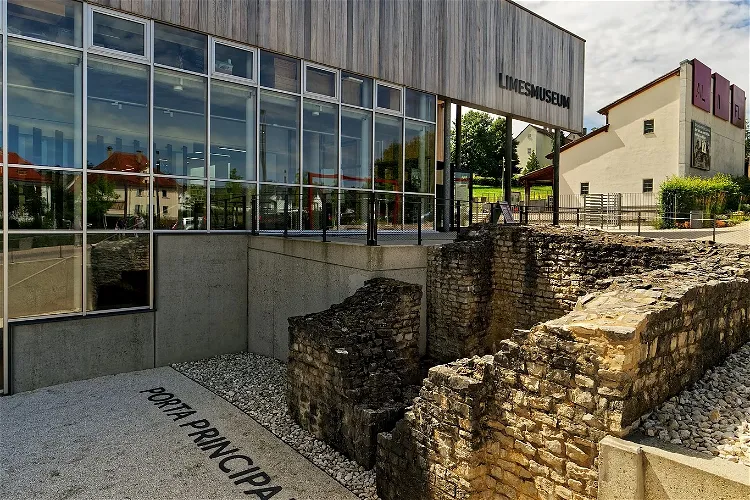
Limes Museum
AalenThe Limesmuseum Aalen is an archaeological museum that is operated by the city of Aalen. It is also a branch museum of the Archaeological State Museum of Baden-Württemberg and serves as one of the information centers for the UNESCO World Heritage Site "Upper Germanic-Rhaetian Limes". The museum is located on the site of the largest Roman cavalry fort north of the Alps, providing a unique insight into the history and culture of the region.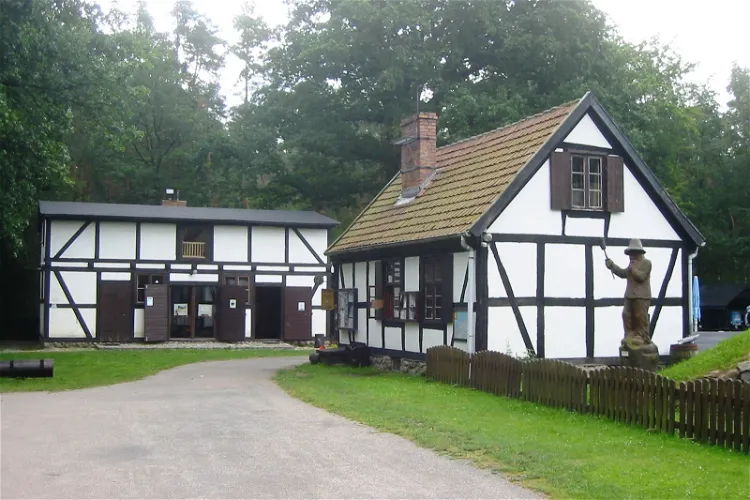
Forst- und Köhlerhof Wiethagen
RostockThe Forst- und Köhlerhof Wiethagen is an open-air museum located in Rostock - Wiethagen. The museum showcases the history of the production of charcoal, wood tar, and turpentine, a process that was traditionally carried out by charcoal burners. Visitors can learn about the historical significance of these materials and the role they played in the economy over the centuries.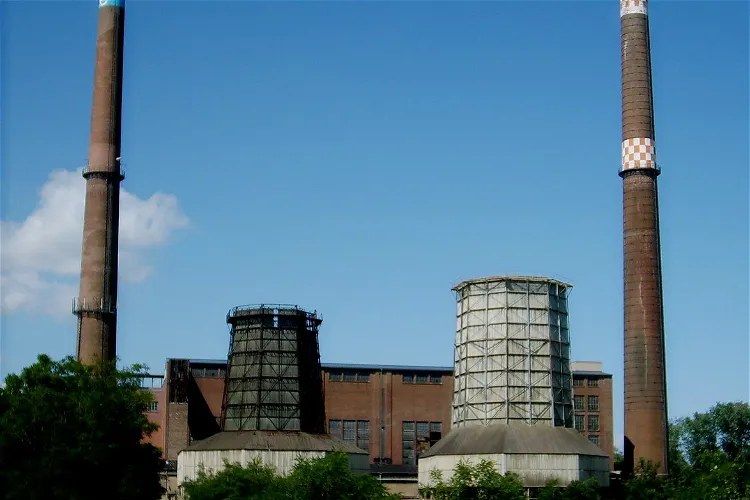
Kraftwerk Plessa
DöllingenThe Kraftwerk Plessa is a significant industrial monument situated in the municipality of Plessa in the Elbe-Elster district. It holds the distinction of being one of the oldest lignite power plants in Europe that has been preserved in its original structure. This makes it a unique destination for tourists interested in industrial history and architecture.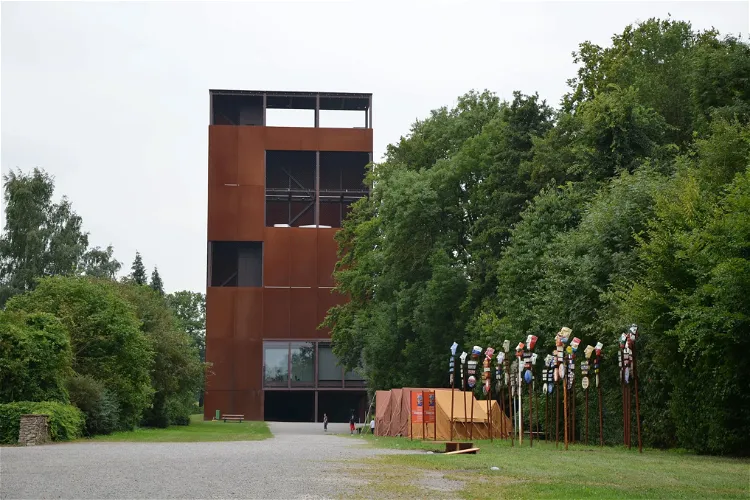
Varusschlacht im Osnabrücker Land - Museum und Park Kalkriese
BramscheMuseum und Park Kalkriese is an archaeological museum located in the Bramsche district of Kalkriese in the Osnabrück region. It features an attached open-air museum, providing visitors with a unique opportunity to explore the history and archaeology of the area.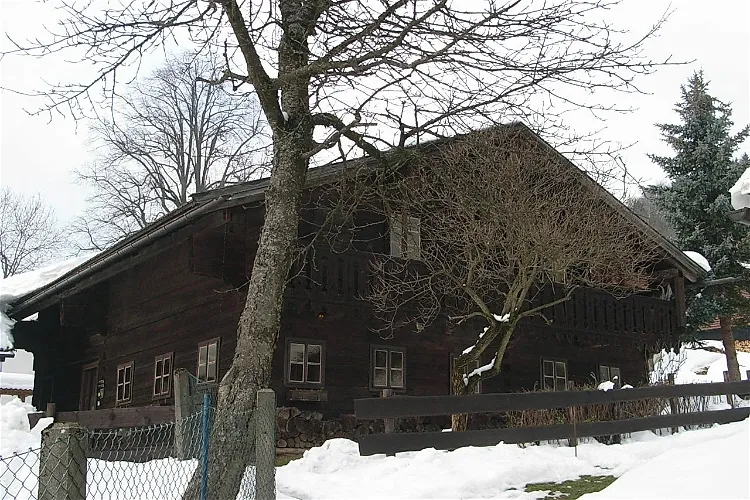
Bauernhausmuseum Lindberg
LehenThe Bauernhausmuseum, also known as the Farmhouse Museum, is an open-air museum situated in the quaint village of Lindberg, Germany. This unique museum offers a glimpse into the past, showcasing the traditional Bavarian way of life. It's a great place for tourists who are interested in history and culture.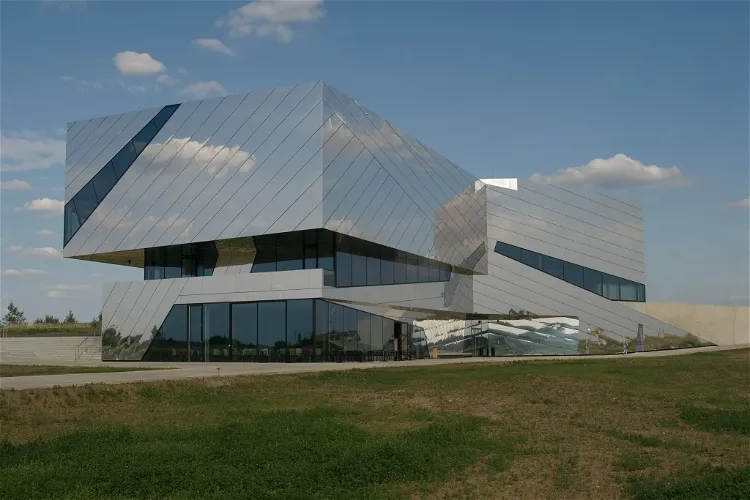
Paläon Research and Experience Center
SchöningenThe Schöningen Research Museum, located in the Helmstedt district, is a visitor center and museum that primarily focuses on the exhibition of the Schöningen Spears. These spears are significant as they provide a glimpse into life and environmental conditions around 300,000 years ago. The museum is situated near the discovery site of the spears in the former Schöningen brown coal open-cast mine, adding to the authenticity of the experience.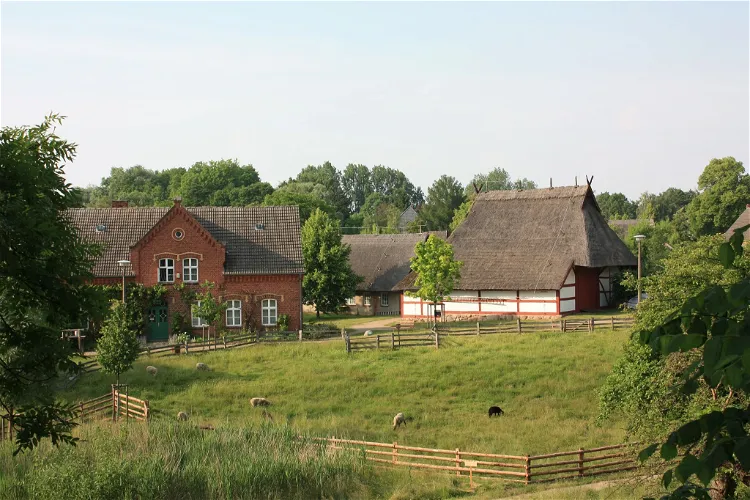
Open Air Museum of Ethnography Schwerin Mueß
SchwerinThe Open Air Museum Schwerin-Mueß is situated in the former fishing and farming village of Mueß, which was incorporated into the city of Schwerin in 1936. This location provides a unique historical context for the museum, as it is directly on the southern shore of Lake Schwerin. The museum's setting in a traditional village environment enhances the authenticity of the exhibits and provides a real sense of the rural life in Mecklenburg from the 17th to the early 20th century.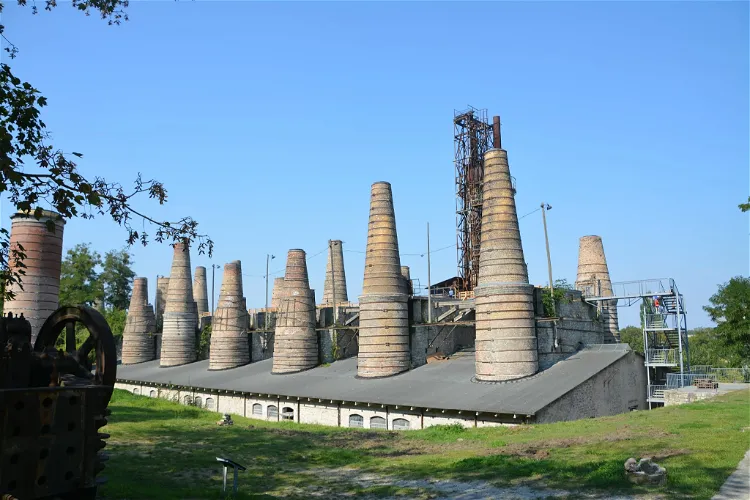
Museumspark Rüdersdorf
RüdersdorfMuseumspark Rüdersdorf, located near Berlin, is a vast open-air industrial museum. It provides a comprehensive insight into the extraction and processing of limestone from the Rüdersdorf limestone mountains. This museum is a testament to the industrial history of Rüdersdorf, making it a fascinating destination for those interested in industrial archaeology and geology.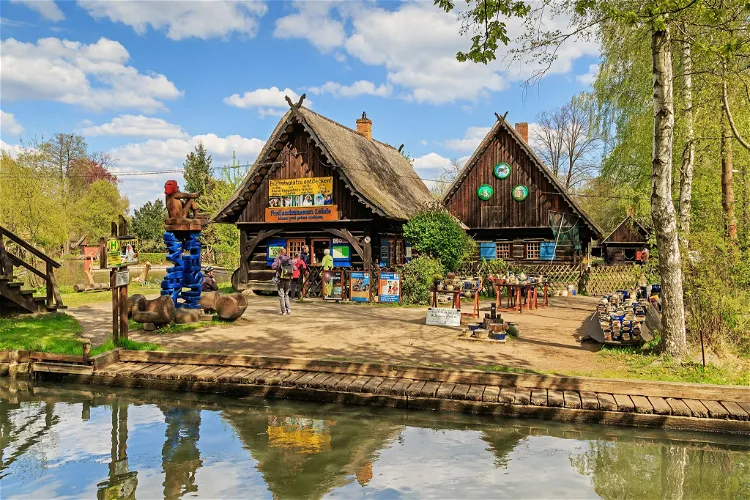
Freilandmuseum Lehde
Lübbenau/SpreewaldThe Freilandmuseum Lehde is an open-air museum located in Lehde. It is dedicated to showcasing life in the Spreewald region during the 19th century. Visitors can get a glimpse of the past and understand the lifestyle, culture, and traditions of the people who lived in this region during that time.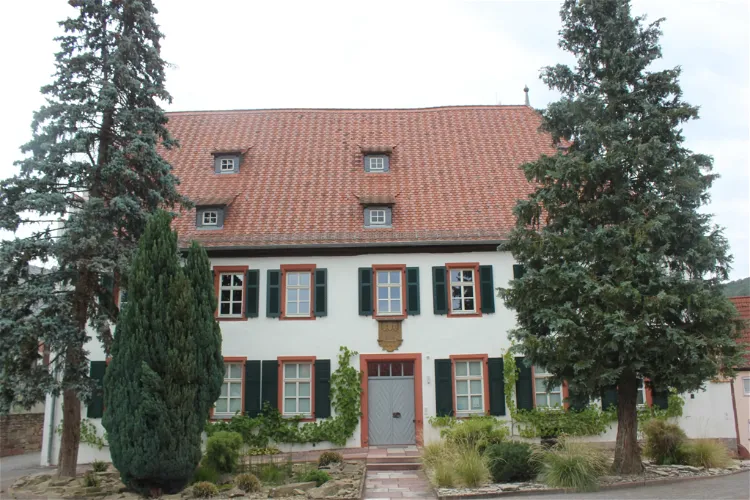
Museum Terra Triassica Euerdorf
EuerdorfThe Museum Terra Triassica in Euerdorf, Unterfranken, is a unique institution that offers a deep dive into the geological history of the Germanic Triassic of the Central European Basin. Visitors can explore the fascinating world of the Triassic period, which spanned from 252.5 to 201.5 million years ago, and learn about the various geological transformations that occurred during this time.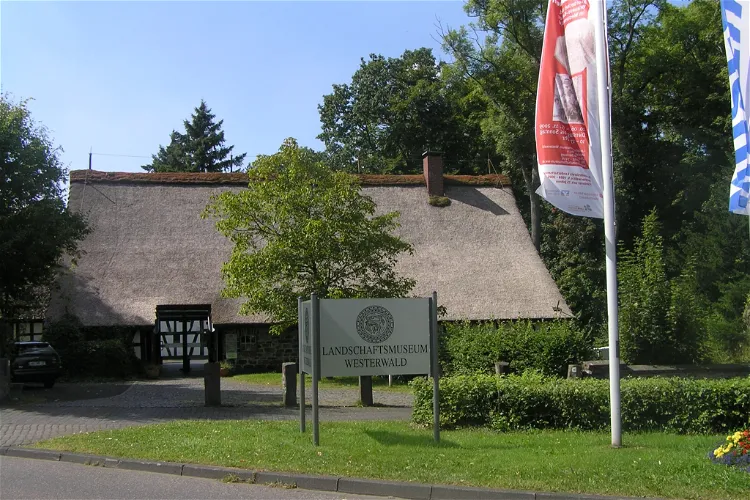
Landschaftsmuseum Westerwald
HachenburgThe Landschaftsmuseum Westerwald is a quaint open-air museum situated in the scenic town of Hachenburg in the Westerwaldkreis region. This museum offers a unique opportunity to explore the rich history and culture of the Westerwald area in an immersive outdoor setting.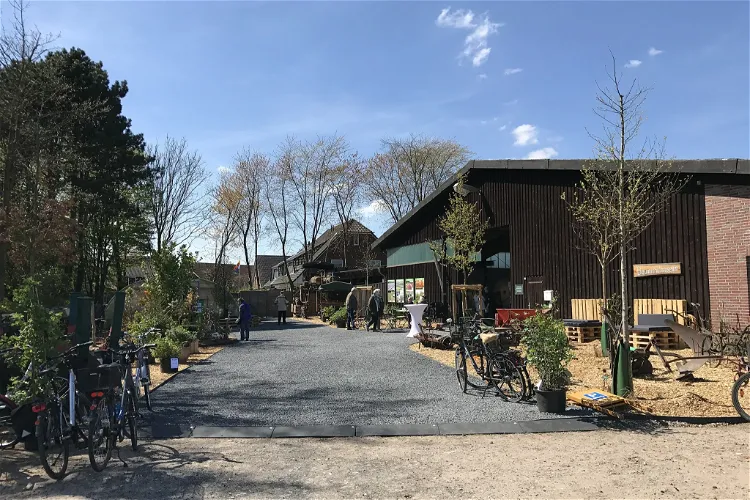
Deutsches Baumschulmuseum
PinnebergThe Deutsches Baumschulmuseum, located in Pinneberg, Schleswig-Holstein, is a unique institution in the German-speaking region. It is dedicated to the nursery economy, providing a deep dive into the industry's history, practices, and significance. The museum is situated in one of the world's largest contiguous nursery areas, making it a fitting location for such a specialized institution.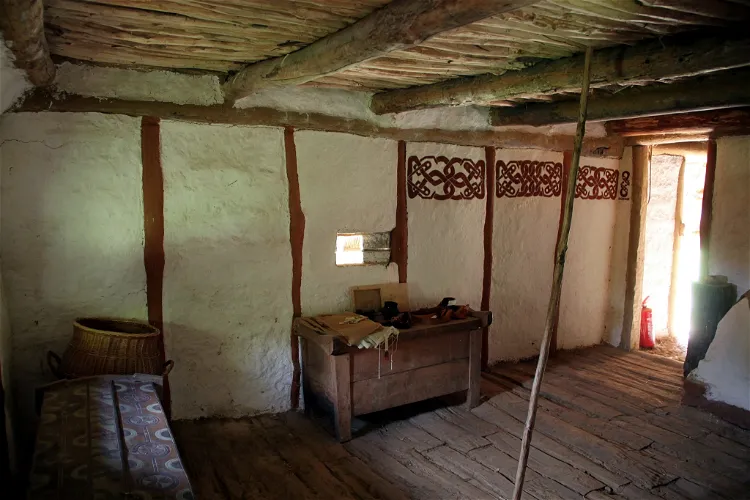
Bajuwarenhof Kirchheim - Freilichtmuseum bei München
HeimstettenThe Bajuwarenhof Kirchheim is an archaeological open-air museum situated in the municipality of Kirchheim near Munich. This museum offers a unique opportunity to explore the rural life and work environment of the 6th and 7th centuries AD. It was established in the winter of 2003 and was Kirchheim's official contribution to the 2005 Federal Horticultural Show.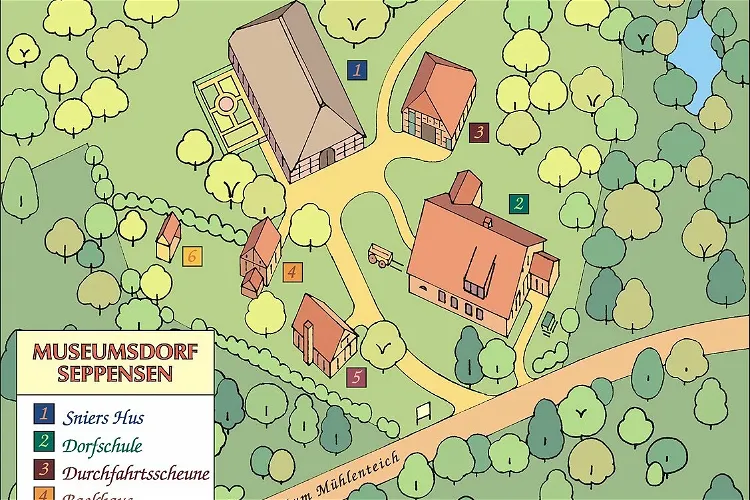
Museumsdorf Seppensen
Buchholz in der NordheideThe Museumsdorf Seppensen is an open-air museum located in Buchholz - Seppensen. The museum features a central village square surrounded by four half-timbered houses, a brick house, and a bee stand. This setup provides a unique insight into the historical architecture and lifestyle of the region.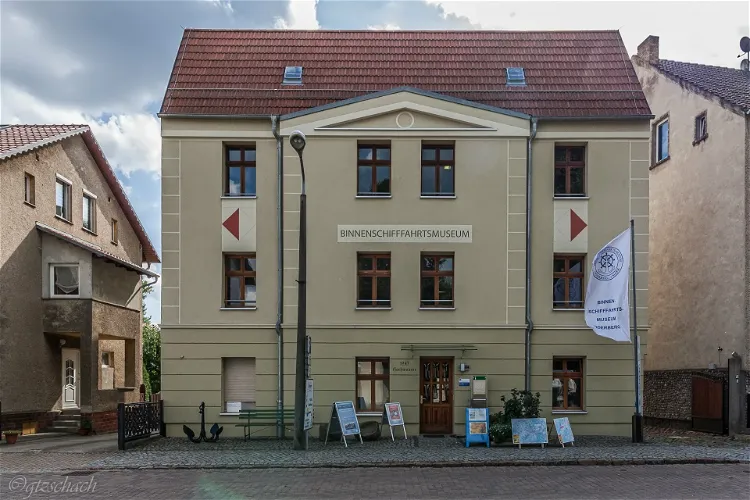
Förderverein Binnenschifffahrts-Museum Oderberg e.V.
OderbergThe main exhibit of the Binnenschifffahrtsmuseum is the paddle steamer Riesa, a significant piece of maritime history. The museum, which was founded in 1954 as a local history room, has since expanded its collection to include a wide range of archaeological finds from the surrounding area. This provides visitors with a unique opportunity to delve into the past and learn about the region's rich history.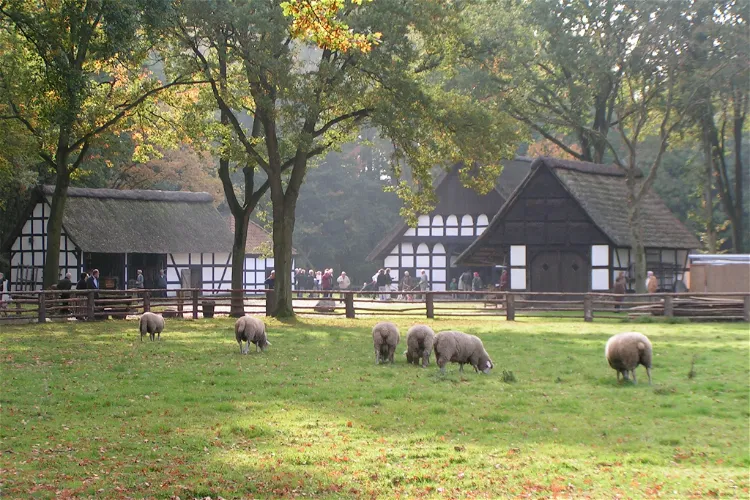
Museumshof Rahden
RahdenMuseumshof Rahden is an open-air museum situated in the city of Rahden, within the Ostwestfalen district of Minden-Lübbecke in North Rhine-Westphalia. This location provides a unique cultural experience, offering a glimpse into the regional rural lifestyle of the 19th century.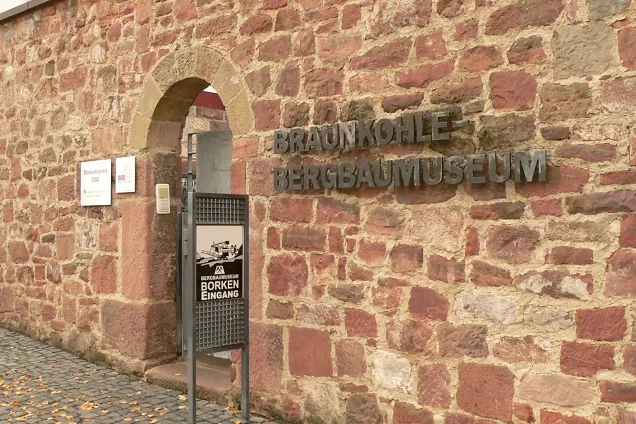
Hessisches Braunkohle Bergbaumuseum
Borken (Hessen)The Hessisches Braunkohle Bergbaumuseum in Borken, located in the Schwalm-Eder district of northern Hesse, offers a unique insight into the mining operations that were once carried out in the Borken lignite mining area. The museum is designed as an 'Experience Above and Below Ground', providing valuable knowledge about coal and energy. The focus is on the underground and above-ground extraction of lignite, its use, and the handling of the post-mining landscape.
Bauernhofmuseum Jexhof
SchöngeisingThe Bauernhofmuseum Jexhof is a farm museum situated in the southern part of the Fürstenfeldbruck District, in Bavaria, Germany. It is approximately 700 meters southeast of the district road FFB 7, which runs from Schöngeising to Mauern. This location makes it easily accessible for tourists visiting the area.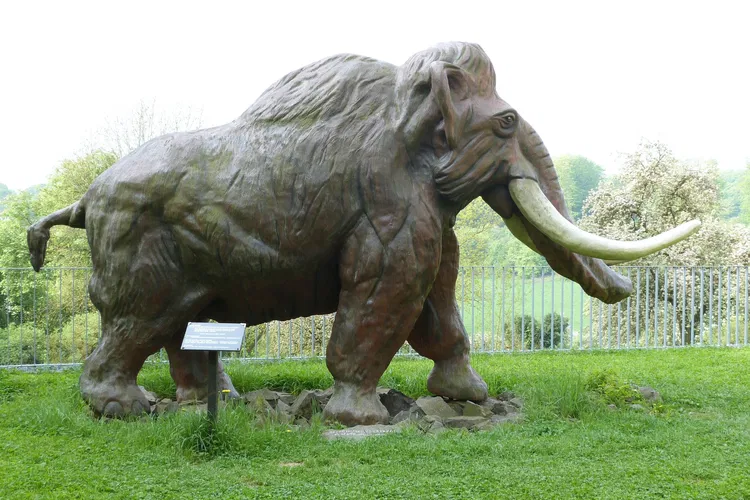
Monrepos (archaeology)
NeuwiedMonrepos is an archaeological research centre and a museum that focuses on human behavioural evolution. It is located at Schloss Monrepos in Neuwied. The museum is dedicated to studying the development of modern human behaviour during the Palaeolithic and Mesolithic periods. The findings from these studies are then shared with the public through the museum's exhibits.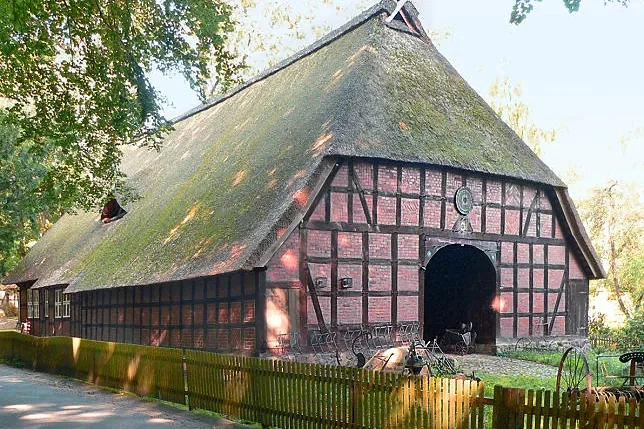
Rischmannshof Heath Museum
WalsrodeThe Rischmannshof Heath Museum, located in Walsrode, Germany, is an open-air museum that was inaugurated in 1912. It is one of the first open-air museums in the country, offering a unique insight into the rural life and history of the region.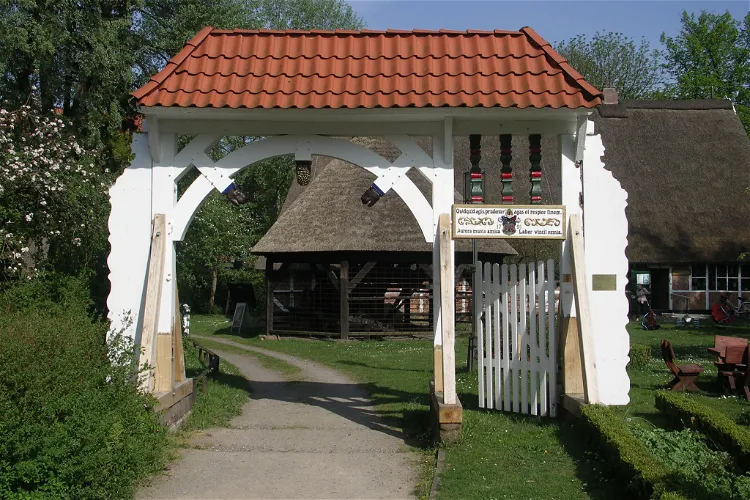
Freilichtmuseum
StadeThe Freilichtmuseum in Stade is a significant historical site, being one of the oldest open-air museums in Germany. It is located on an island on the Bleicher-Ravelin, a structure that was built in 1692. This unique location adds to the charm and historical significance of the museum, making it a fascinating destination for tourists interested in history and culture.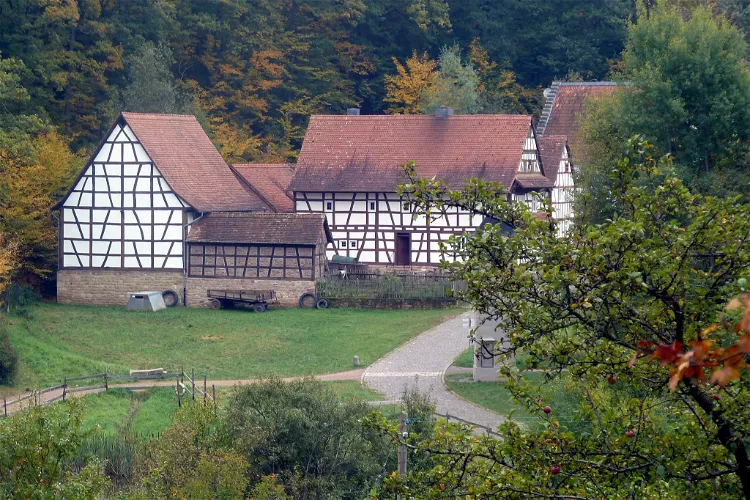
Rheinland-Pfälzisches Freilichtmuseum Bad Sobernheim
Bad SobernheimThe Rheinland-Pfälzisches Freilichtmuseum in Bad Sobernheim is a medium-sized open-air museum in Germany. It offers a unique opportunity to explore the history and culture of the region in an immersive and interactive environment. The museum is designed to provide a comprehensive understanding of the past, making it a great destination for history enthusiasts and families alike.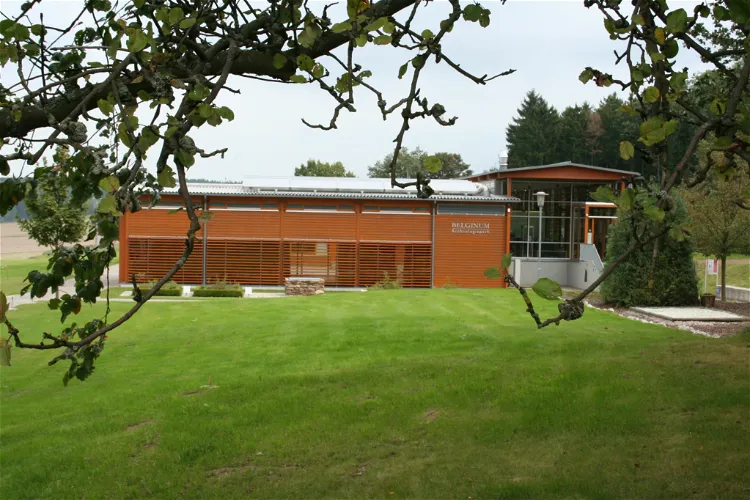
Archäologiepark Belginum
MorbachThe museum at the Archaeology Park Belginum offers a fascinating insight into the past. It showcases grave finds from several Iron Age cemeteries, providing a glimpse into the burial practices and beliefs of the time. The museum also presents the everyday life of the provincial Roman population in ancient Belginum, offering a vivid picture of life in the Roman era. Additionally, the museum explains the work of archaeologists, making it an educational experience for visitors of all ages.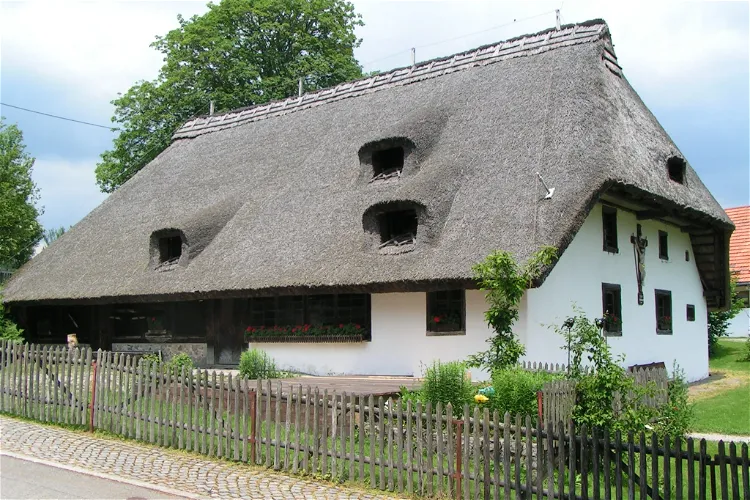
Freilichtmuseum Klausenhof
HerrischriedThe Freilichtmuseum Klausenhof is an open-air museum situated in Großherrischwand, a municipality of Herrischried in the Hotzenwald. It is located within the Waldshut district in the southern Black Forest. This location offers a unique blend of natural beauty and historical significance, making it an interesting destination for tourists.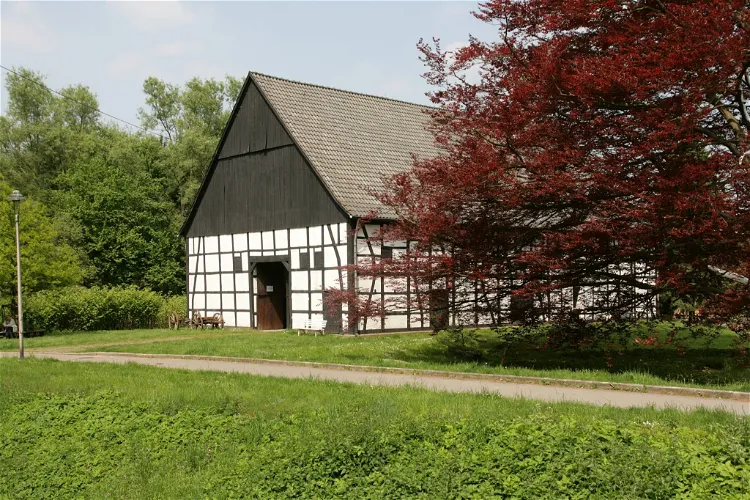
Bauernhausmuseum der Stadt Bochum
HattingenThe Bauernhausmuseum der Stadt Bochum is situated in close proximity to the Wasserburg Haus Kemnade in Hattingen. This location makes it an ideal destination for tourists who are interested in exploring the historical and cultural aspects of the region. The museum is easily accessible and offers a unique insight into the rural life of the 18th century.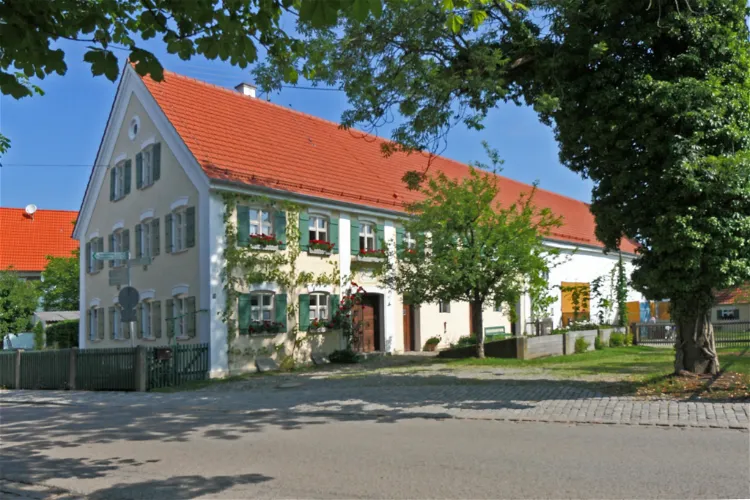
Kreisheimatstube Stoffenried
StoffenriedThe Kreisheimatstube Stoffenried is a quaint open-air museum nestled in the town of Stoffenried. It is conveniently located halfway between the towns of Krumbach and Günzburg, making it an accessible destination for tourists traveling in the region.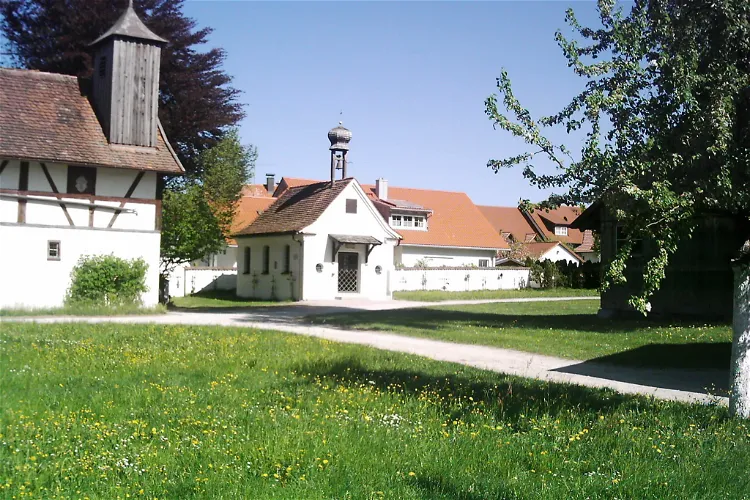
Schwäbisches Bauernhofmuseum Illerbeuren
IllerbeurenThe Schwäbische Bauernhofmuseum in Illerbeuren, a district of Kronburg in the Swabian district of Unterallgäu in Bavaria, is one of the older open-air museums in Germany. Established in 1955, it was the first of its kind in the south of the Federal Republic. This museum offers a unique opportunity to explore the history and culture of the region, making it a significant destination for tourists interested in history and culture.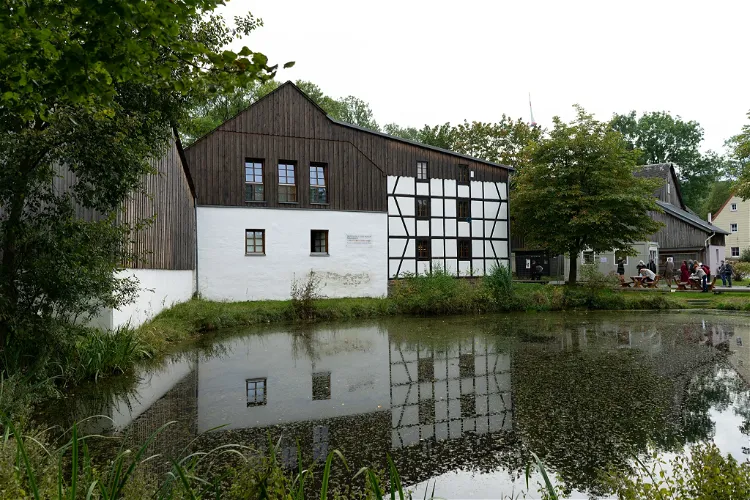
German-German Museum Mödlareuth
GebersreuthThe German-German Museum Mödlareuth is situated in the town of Mödlareuth, which was once divided by the inner German border. This unique location provides a tangible historical context for the museum's exhibits, making it a fascinating destination for those interested in the history of Germany's division and reunification.
Steinzeitdorf Kussow
DamshagenSteinzeitdorf Kussow is an open-air museum located in the district of Kussow in Damshagen, Mecklenburg-Vorpommern, Germany. The museum was established between 1996 and 1998, offering visitors a unique insight into the life and culture of the Stone Age period.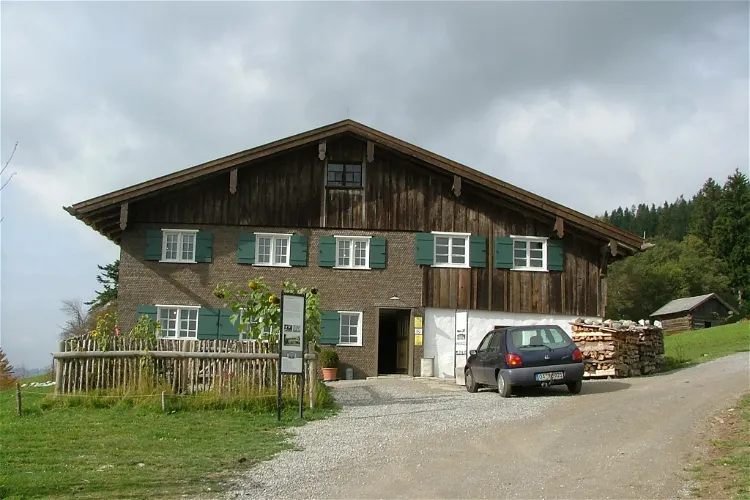
Allgäuer Bergbauernmuseum
Immenstadt im AllgäuThe Allgäuer Bergbauernmuseum is made up of several buildings that collectively document rural life. The museum includes several animal stables, a herb garden, an alpine pasture, and a mountain farm. These elements provide a comprehensive view of rural life and offer visitors a chance to explore and understand the historical and current practices of rural living.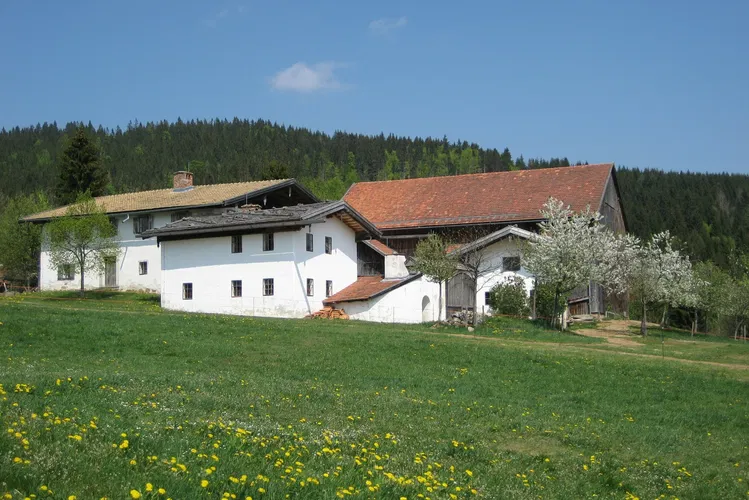
Lower Bavarian Open-Air Museums
FinsterauThe Finsterau Open-Air Museum, situated in the municipality of Mauth on the outskirts of the village of Finsterau in the Bavarian Forest near the Czech border, offers a rich display of rural architecture. The museum features farmhouses, complete farmsteads, a village smithy, and a roadside inn from across the Bavarian Forest. These exhibits provide a comprehensive view of the historical rural life in this region.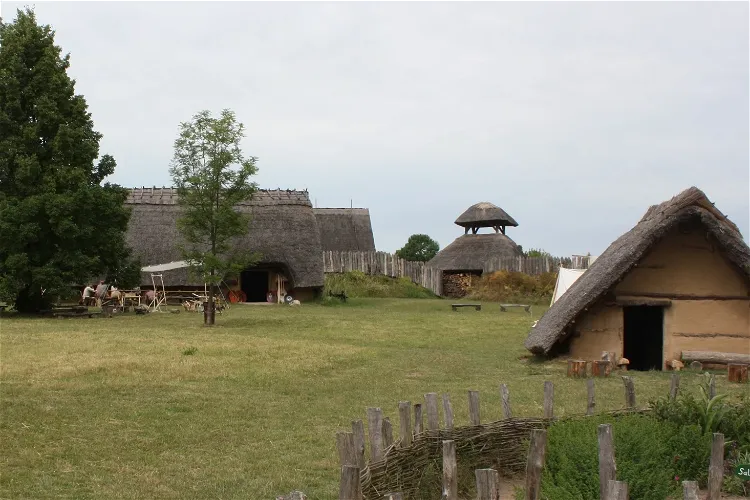
Funkenburg Westgreußen
WestgreußenThe Funkenburg Archaeological Open-Air Museum is a unique reconstruction of a Germanic fortified settlement. It is situated on a flat mountain spur on the outskirts of Westgreußen. This location offers a unique insight into the life and culture of the Germanic people who lived there between 200 BC and 50 AD.- 69
Freilichtmuseum Neuhausen ob Eck
Neuhausen ob EckThe Freilichtmuseum Neuhausen ob Eck is a regional rural open-air museum located in the Tuttlingen district, northeast of Neuhausen ob Eck. It is one of seven such museums in Baden-Württemberg, offering visitors a unique insight into the region's rural history and culture. 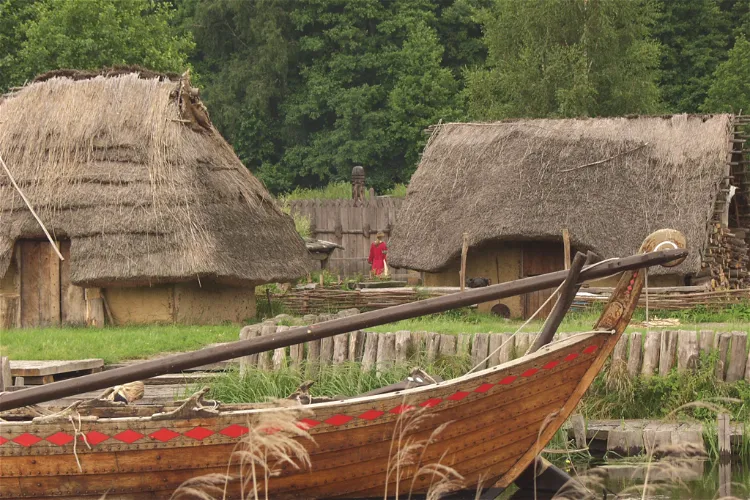
Ukranenland
TorgelowUkranenland is an archaeological open-air museum located in Torgelow. It is dedicated to showcasing the life of the Ukranen, an Elbe Slavic tribe. The museum aims to provide an authentic representation of the tribe's life during the early Middle Ages, making it a unique destination for those interested in history and archaeology.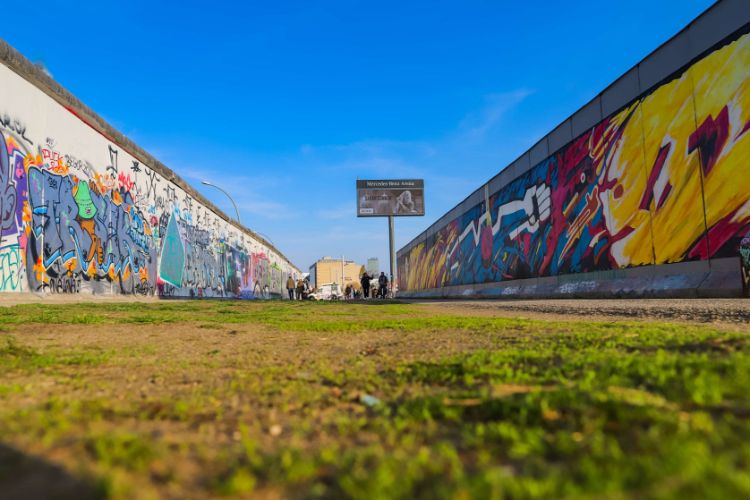
The Wall Museum East Side Gallery
BerlinOver 1300 meters long, this is the longest still-standing section of the Berlin Wall - one of the most prominent symbols of the division of Europe by the Iron Curtain after the Second World War. With over 100 open-air paintings, The Wall Museum East Side Gallery is said to commemorate the gaining of
Nordhorn Zoo
NordhornTierpark Nordhorn, also known as Dierentuin Nordhorn, is a zoo that was established in 1950. It is located in the German town of Nordhorn, which is situated near the Dutch border. This makes it a convenient destination for tourists from both countries. The zoo is home to approximately 2,060 animals from over 100 species, making it a diverse and interesting place to visit for animal lovers.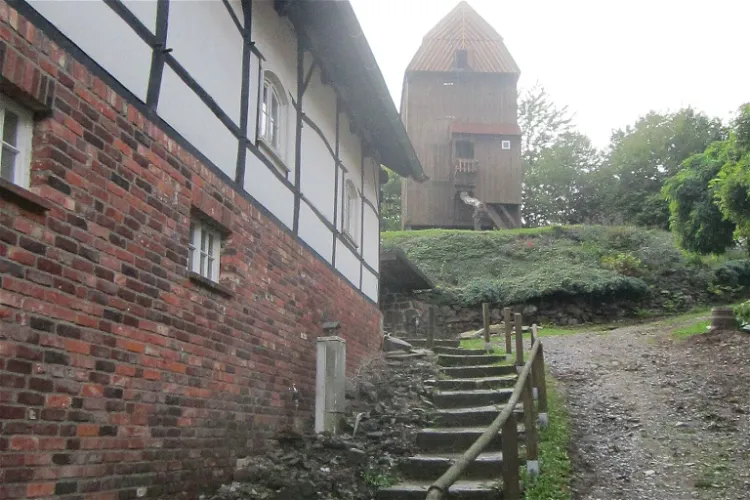
Mühlenhof Breckerfeld
BreckerfeldThe Mühlenhof Breckerfeld is a historical ensemble of buildings located in Breckerfeld, North Rhine-Westphalia. This unique collection includes a relocated post mill, a baking storage, a grain storage, a bee house, a bakery, a farmhouse, and a coffee shop with a farm shop. Each of these structures contributes to the overall historical and cultural significance of the site, offering visitors a glimpse into the past.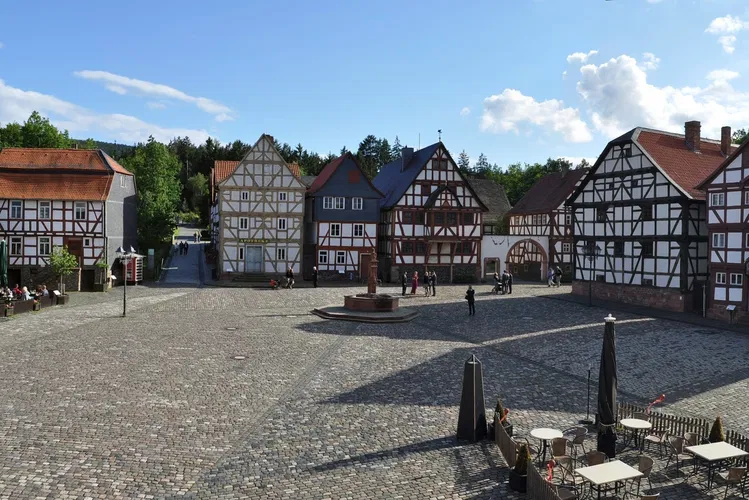
Hessenpark
Neu-AnspachHessenpark is an open-air museum situated in Neu-Anspach, Hesse, Germany. It was established in 1974 by the government of the state of Hesse under the leadership of Albert Osswald. The museum is a popular destination for families and history enthusiasts, offering a unique glimpse into the past.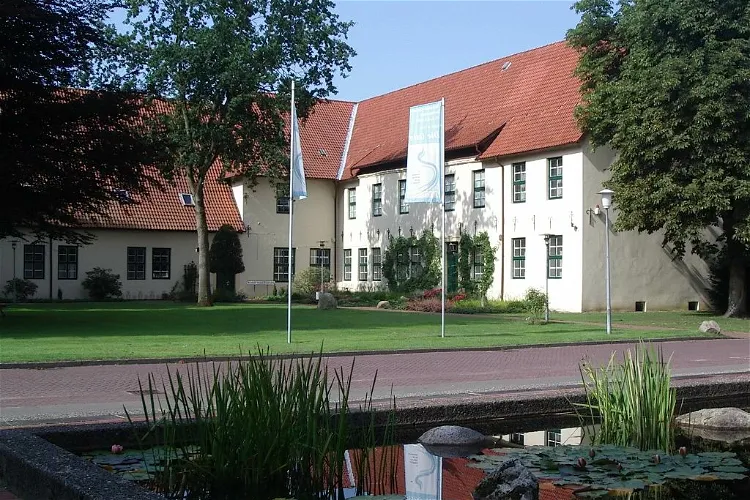
Bachmann-Museum Bremervörde
BremervördeThe Bachmann-Museum in Bremervörde is a unique institution that combines regional history and natural history. It is the largest museum in the Rotenburg (Wümme) district, making it a significant cultural and educational hub in the region. Visitors can expect to explore a wide range of exhibits that delve into the rich history and natural wonders of the area.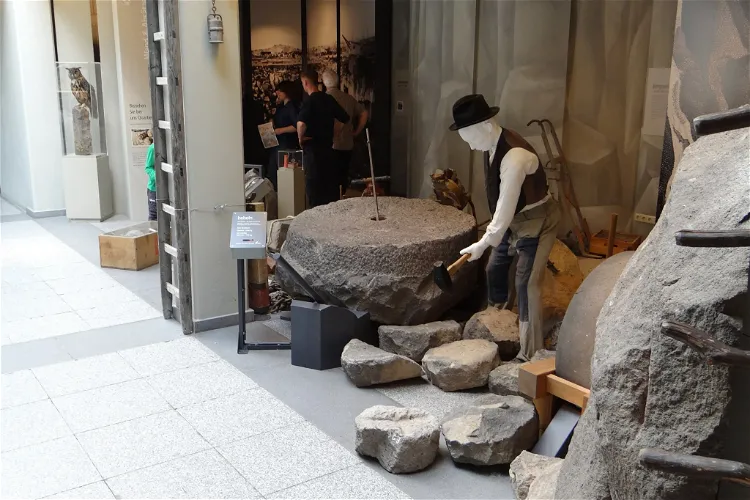
Erlebniswelten Grubenfeld
MayenThe Erlebniswelten Grubenfeld Museum in Mayen offers a unique insight into the history of basalt mining, dating back to the Neolithic Age. This museum is a part of the Vulkanpark, which consists of six museum facilities. It provides a comprehensive overview of the mining history over the past 7000 years, making it a fascinating destination for those interested in geology and history.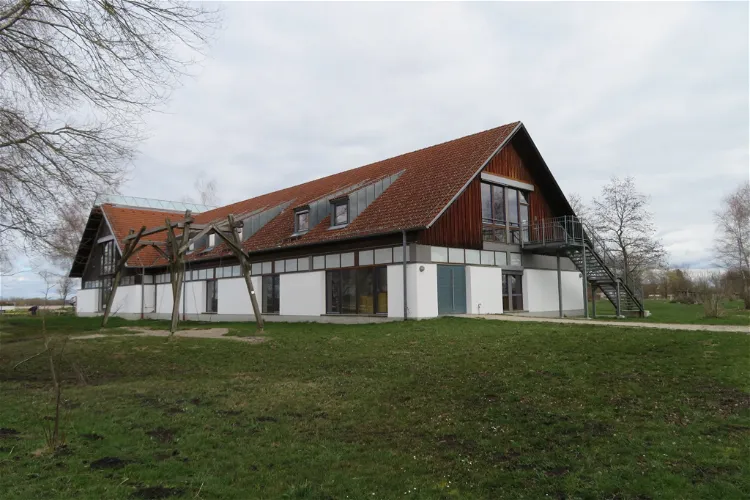
Haus im Moos
KleinhohenriedThe Haus im Moos in Kleinhohenried is a unique combination of a museum, educational center, and conference facility. Opened in 1998, it offers a rich insight into the history and culture of the Donaumoos region. The museum documents the struggle of the colonists for the drainage and cultivation of the moor, which began in the late 18th century. It is an ideal destination for those interested in history, culture, and nature.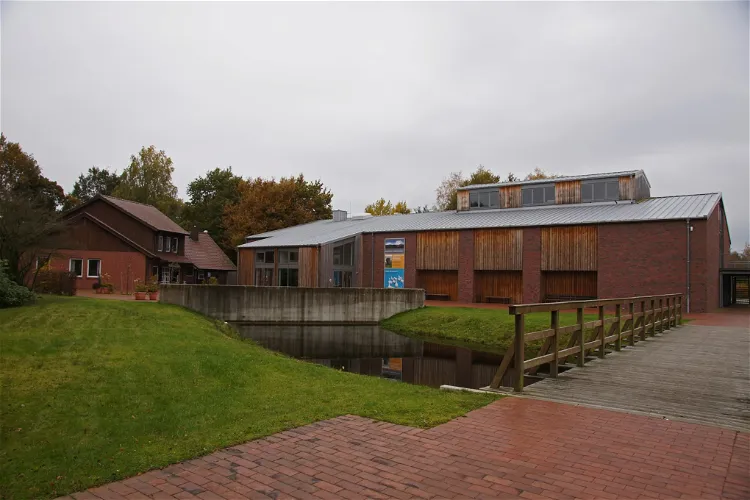
Emsland Moormuseum
Heseper TorfwerkThe Emsland Moormuseum, located in Gro Hesepe, Geeste municipality in the Lower Saxony district of Emsland, is recognized as the largest moor museum in Europe. It offers a comprehensive insight into the history and significance of moors in the region, making it a unique destination for those interested in natural history and environmental conservation.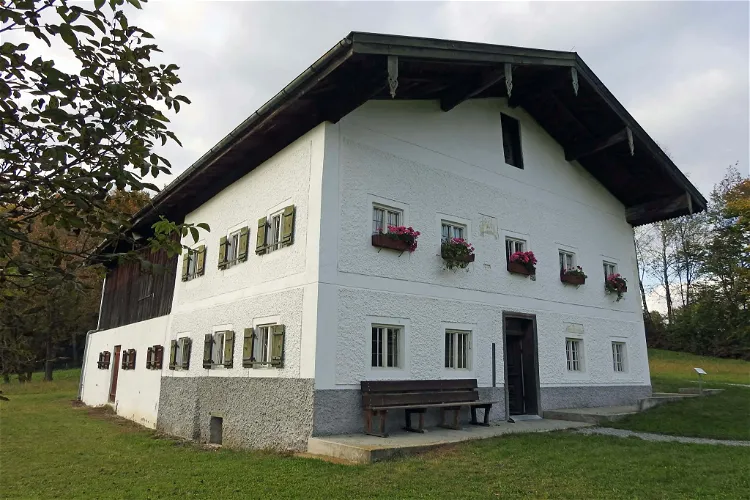
Bauernhausmuseum Amerang
AmerangThe Bauernhausmuseum Amerang is an open-air museum situated in the scenic Chiemgau region of Upper Bavaria, on the outskirts of the town of Amerang. This location offers visitors a unique opportunity to explore the rich history and culture of the region in a picturesque setting.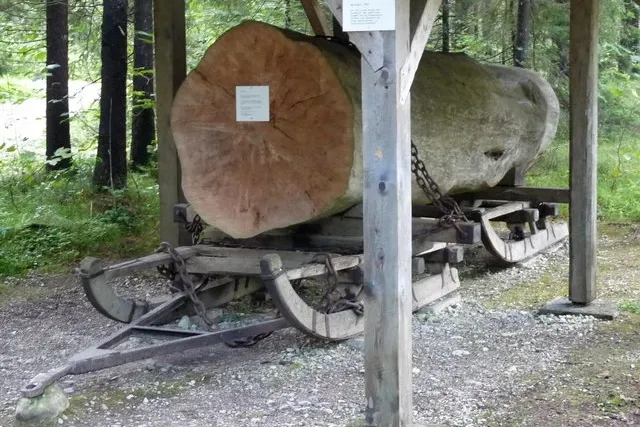
Holzknechtmuseum
RuhpoldingThe Holzknechtmuseum, located in Laubau, south of Ruhpolding, was inaugurated in 1988. It provides a comprehensive documentation of the evolution of forestry work, starting from the saline era up to the present day. This museum offers a unique opportunity to understand the historical context and progression of forestry work over the centuries.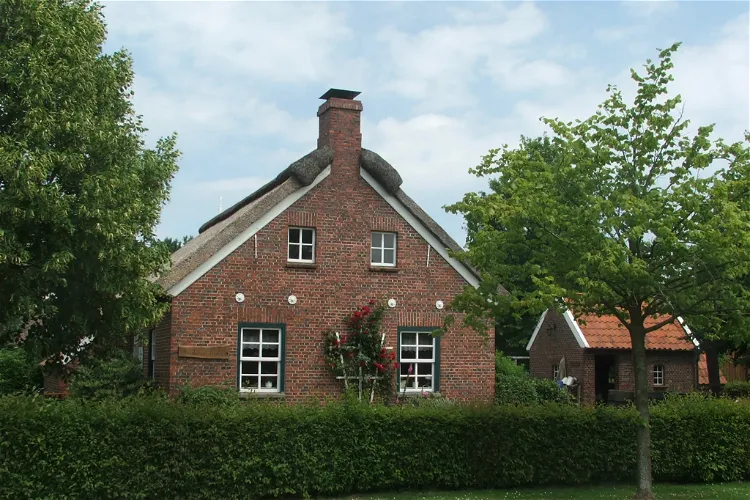
Peat and Settlement Museum
WiesmoorThe Peat and Settlement Museum is composed of several original, reconstructed buildings. These include a historical village school, a forge, and a settler's house that reflects the time around 1900. The reconstruction of this settler's house in 1988 marked the founding of the museum. These buildings provide a tangible connection to the past, allowing visitors to step back in time and experience the living conditions of the early settlers.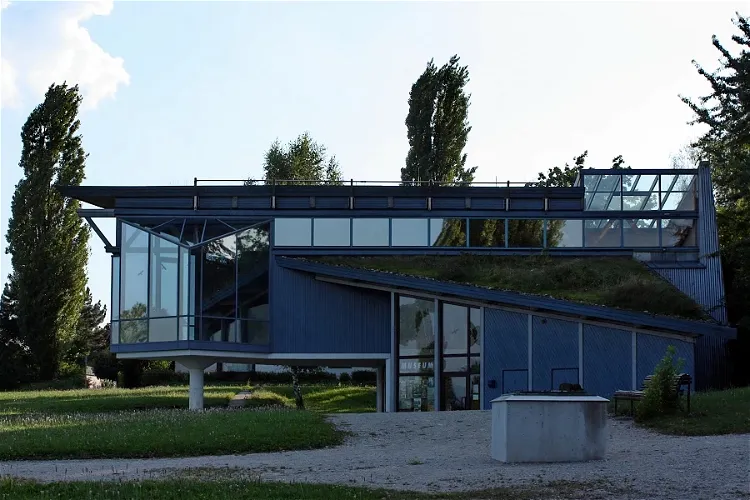
Museum Köngen
KöngenThe Roman Museum with Archaeological Park Köngen is an archaeological museum located in Köngen, in the district of Esslingen, Baden-Württemberg. It features an attached open-air facility, providing a unique blend of indoor and outdoor exhibits.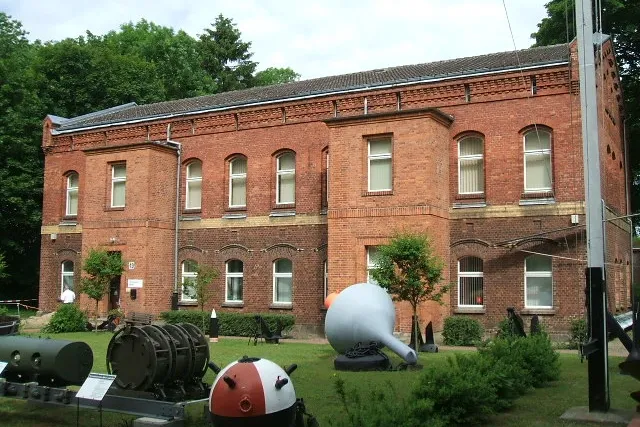
Marinemuseum
StralsundThe Marinemuseum Dänholm is a branch of the Stralsund Museum, located on the small island of Dänholm, nestled between the mainland and Rügen. This location offers a unique setting for the museum, providing visitors with a blend of natural beauty and historical significance.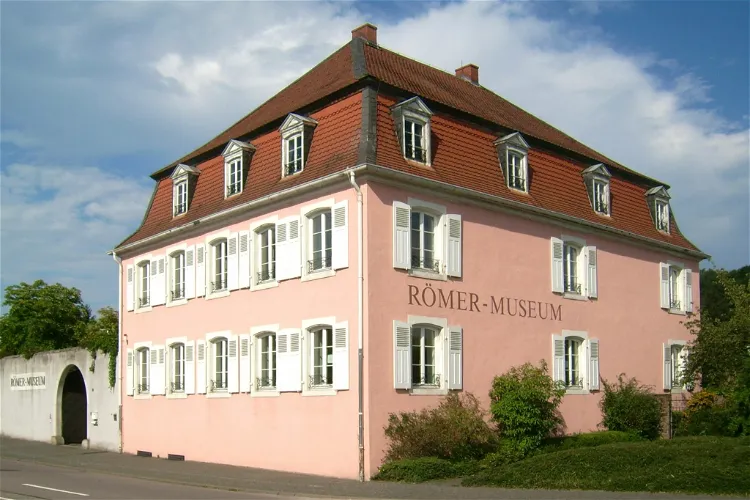
Schwarzenacker Roman Museum
HomburgThe Schwarzenacker Roman Museum is an archaeological open-air museum situated in Schwarzenacker, a district of Homburg in Saarland. This museum was established by archaeologist Alfons Kolling, who also led the archaeological excavations in the area. The museum showcases the significant remains of a Gallo-Roman vicus, which was founded under Emperor Augustus and destroyed around the year 275 by the Alamanni.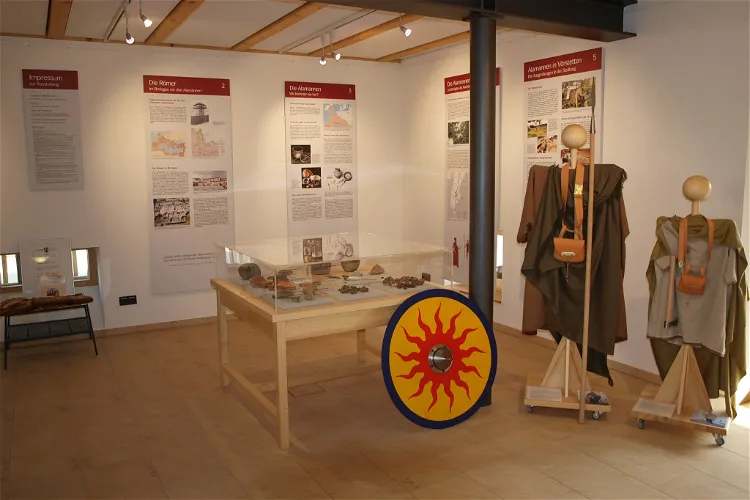
Alamannen-Museum Vörstetten
VörstettenThe Alamannen-Museum Vörstetten is an archaeological museum situated in the municipality of Vörstetten, within the Emmendingen district of Baden-Württemberg. This museum provides a unique opportunity for visitors to delve into the rich archaeological history of the region.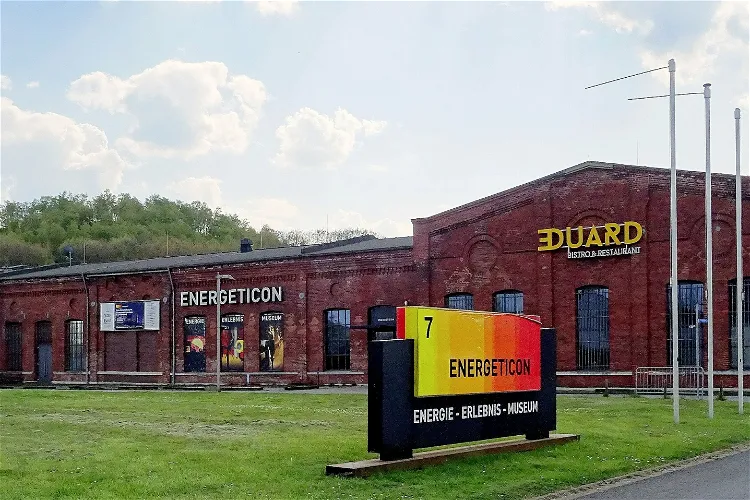
Energeticon
AlsdorfEnergeticon is an interactive museum located in Alsdorf, Germany. It was officially opened to the public on September 8, 2014. The museum offers a unique experience for visitors, providing them with an opportunity to learn about the history and culture of the region.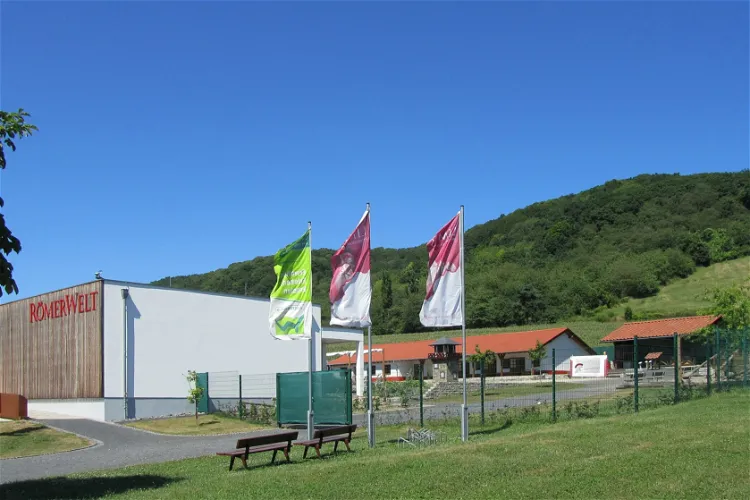
Roman world at the Caput Limitis
RheinbrohlThe RömerWelt museum at caput limitis, located in the Arienheller district of the municipality of Rheinbrohl, is a significant historical site. Opened on August 23, 2008, it serves as the Limes information center of the state of Rhineland-Palatinate. The museum provides a wealth of information about the Roman Empire's border system, known as the Limes, making it a valuable destination for those interested in Roman history.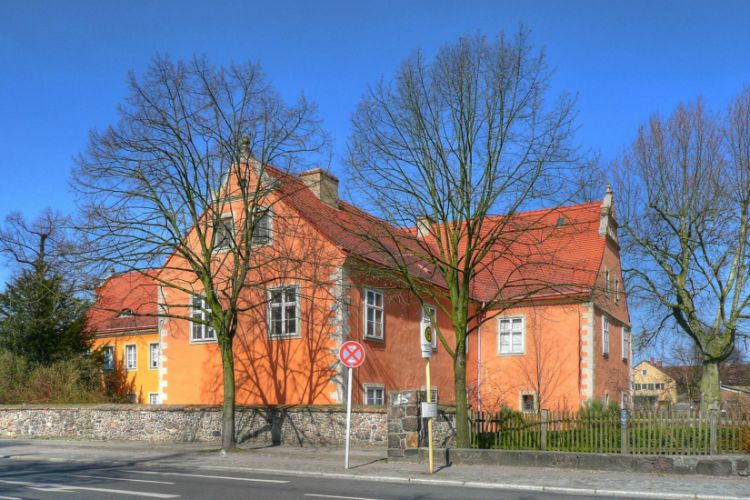
Domäne Dahlem
BerlinThe Domäne Dahlem (Domain Dahlem) is the historic manor of the former village Dahlem. It is an open-air museum for agricultural and food culture with an ecological focus in the southwest of Berlin. Agriculture has been practiced here for more than 800 years. The museum features the Culinarium which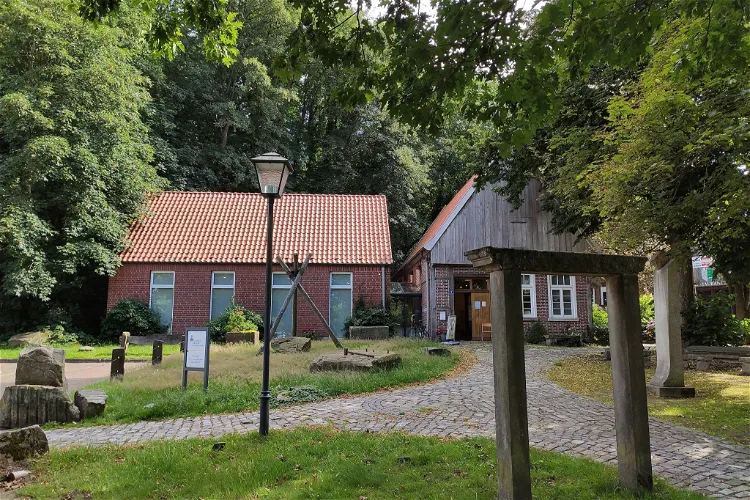
Sandsteinmuseum
Bad BentheimThe Sandsteinmuseum Bad Bentheim, opened in the summer of 1999, is situated in a historic anchor beam house with a modern extension. This unique location is nestled in the castle park below the Bentheim Castle in Bad Bentheim, Lower Saxony. The museum's location offers visitors a chance to explore the rich history of the area while enjoying the beautiful surroundings.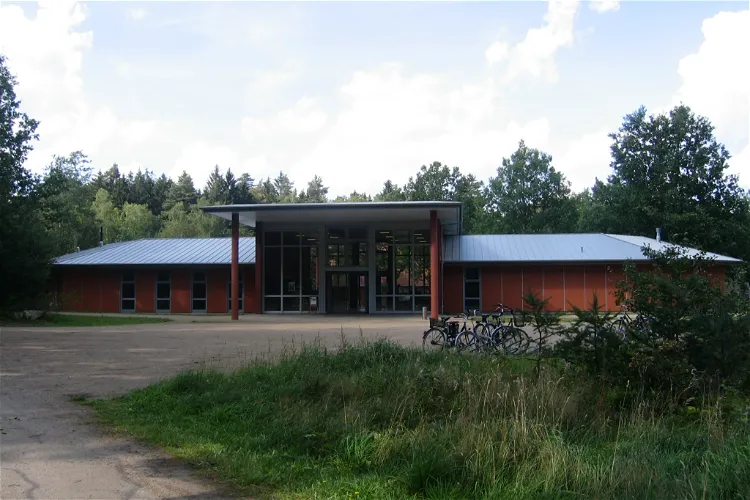
Hösseringen Museum Village
HösseringenThe Hösseringen Museum Village, located in Suderburger, Lower Saxony, is a unique destination that showcases significant types of the Lower German hall house. Spread over a vast area of 130,000 m², the museum offers visitors a chance to explore and understand the architectural styles and historical significance of these structures.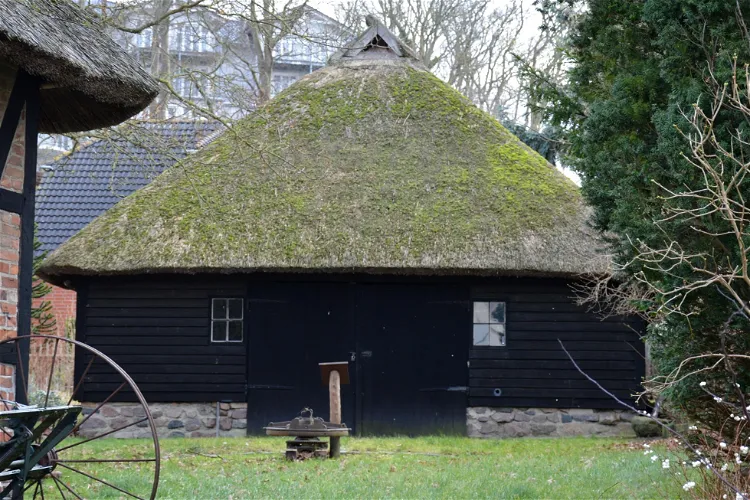
Museumshof Göhren
GöhrenMuseumshof Göhren is an open-air museum situated in the town of Göhren, on the Mönchgut peninsula, which is a part of the island of Rügen. This location offers visitors a unique opportunity to explore the rich history and culture of the region in an immersive outdoor setting.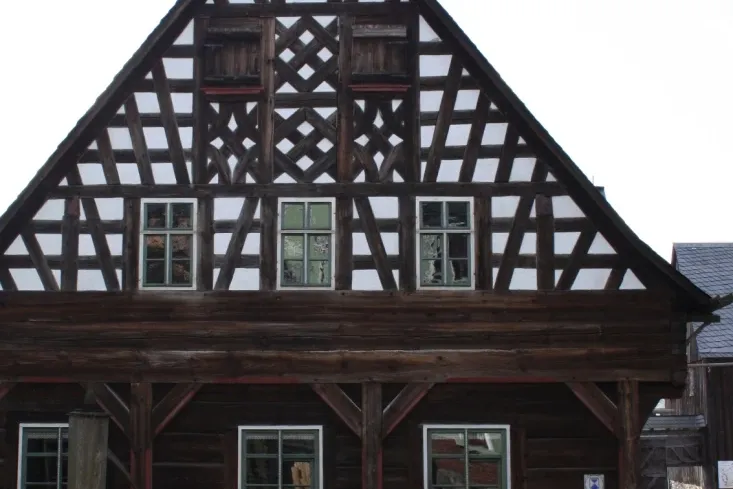
Freilichtmuseum Landwüst
MarkneukirchenThe Vogtländische Freilichtmuseum Landwüst is situated in the district of Landwüst, within the city of Markneukirchen. This location places it in the southernmost tip of the Free State of Saxony, at the tri-border area of Saxony, Bavaria, and the Czech Republic. This geographical positioning makes it an accessible destination for tourists from these regions.
Freilichtmuseum Kiekeberg
EhestorfThe Freilichtmuseum am Kiekeberg is an open-air museum situated between the districts of Ehestorf and Vahrendorf in the municipality of Rosengarten in the Harburg district. This location makes it easily accessible for tourists visiting the area. The museum is surrounded by the beautiful landscape of the Harburger Berge, providing a picturesque setting for a day out.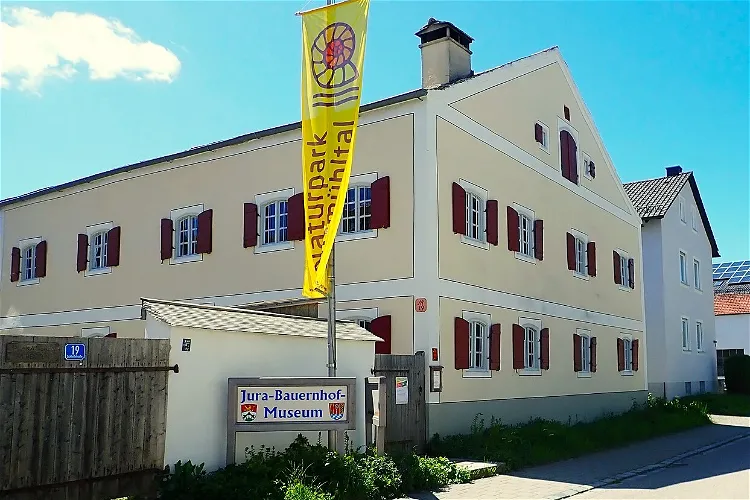
Jura-Bauernhof-Museum
HofstettenThe Jura-Bauernhof-Museum is a farmhouse museum situated in the scenic locale of Hofstetten, within the municipality of Hitzhofen. It is nestled in the Altmühltal Nature Park in Bavaria, offering visitors a unique blend of cultural history and natural beauty.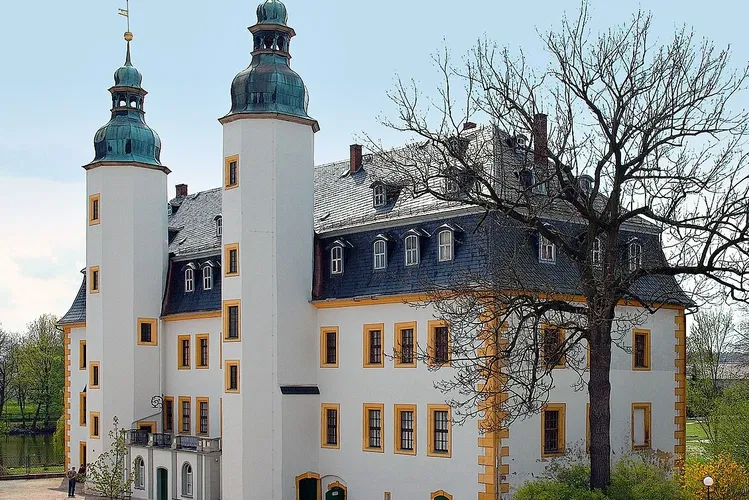
Blankenhain Castle
CrimmitschauBlankenhain Castle, situated near Crimmitschau, is a historical site that was once part of a knight's estate. Today, it houses the German Agricultural Museum, making it a unique museum complex in Germany. This combination of history and agriculture provides a fascinating insight into the country's past and its agricultural practices.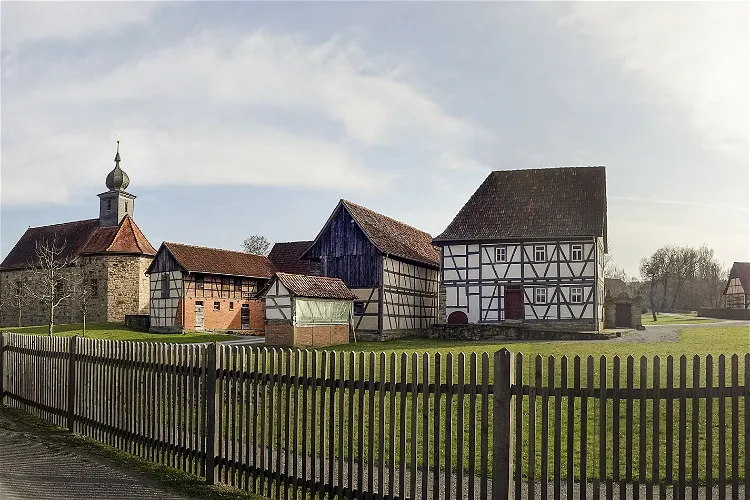
Fränkisches Freilandmuseum Fladungen
FladungenThe Fränkisches Freilandmuseum Fladungen is an open-air museum located in Fladungen, Unterfranken. It is dedicated to preserving and documenting the rural architecture, living conditions, and economy of the past. The museum provides a glimpse into the life of the rural population in earlier times, complete with historical and social contexts.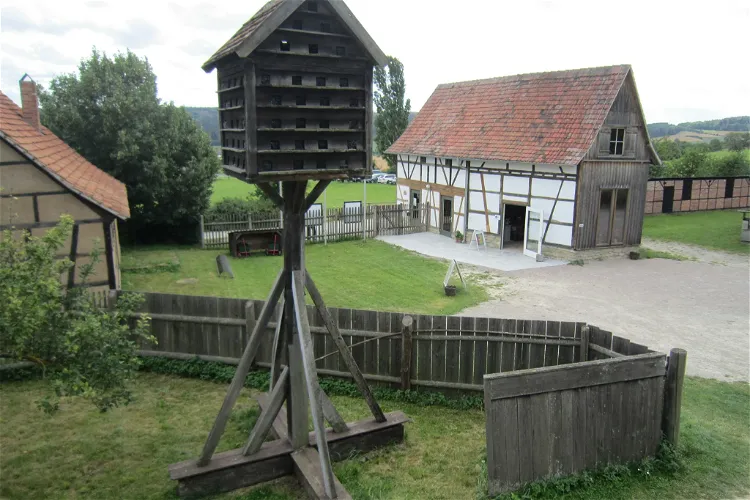
Thüringer Freilichtmuseum Hohenfelden
HohenfeldenThe Thüringer Freilichtmuseum Hohenfelden, founded in 1979, serves as an open-air museum showcasing rural buildings from the Central Thuringia region in Hohenfelden. This museum was established to preserve and exhibit the architectural heritage of the region, providing a unique insight into the rural life of the past.
Roman Open-Air Museum
HechingenThe site of the Roman Open-Air Museum Hechingen Stein was discovered in 1972. Subsequent excavations from 1978 to 1981 unveiled the remnants of a large Roman villa rustica. This villa included residential and economic buildings, all enclosed within a wall. This discovery provides a unique insight into the architectural and societal structures of the Roman era.
Sorge Border Museum
SorgeThe Sorge Border Museum is a public open-air museum located near Sorge in the Harz Mountains of central Germany. It is free of charge and offers a unique opportunity to explore the history of the region.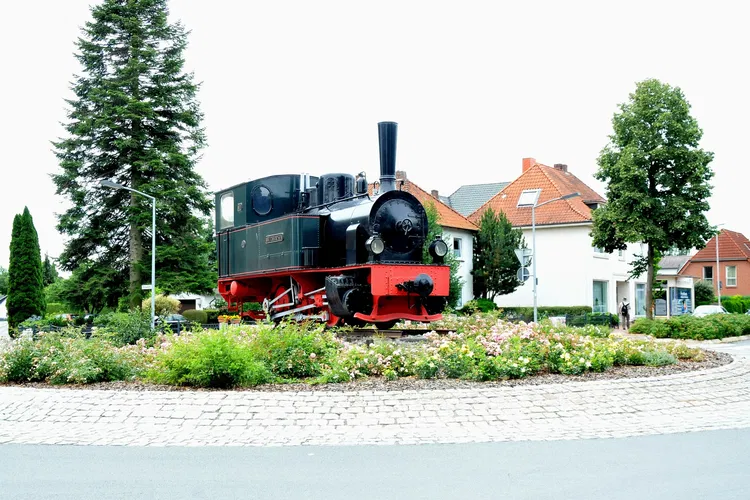
Deutscher Eisenbahn-Verein
Bruchhausen-VilsenThe Deutscher Eisenbahn-Verein e. V. (DEV) is a club based in Bruchhausen-Vilsen. Its primary goal is to preserve a small railway with all its facilities as a living open-air museum. This initiative provides a unique opportunity for visitors to experience the historical railway system in its original form.
Museum für Landtechnik und Landarbeit
BörryThe Museum für Landtechnik und Landarbeit, located in Börry in the municipality of Emmerthal in Lower Saxony, is an open-air museum that offers a unique glimpse into the past. It showcases historical agricultural machinery and former farming tools from the Hameln-Pyrmont district. This museum provides a fascinating insight into the evolution of farming and agricultural practices over the years.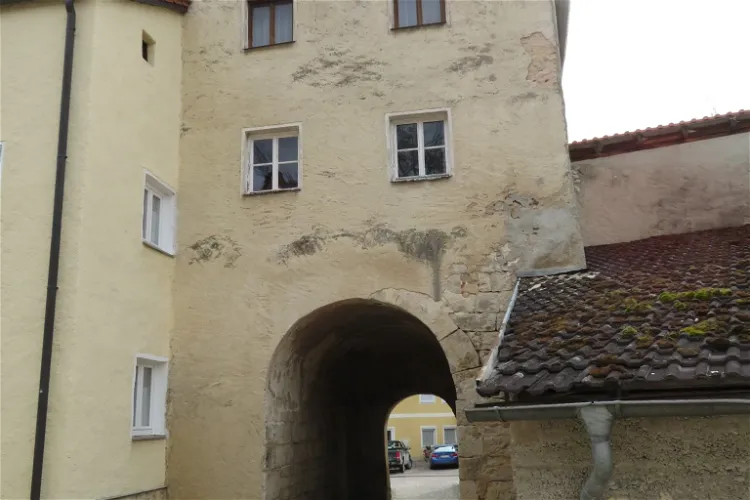
Altmühlzentrum
DollnsteinThe Altmühlzentrum is a museum situated within parts of the Dollnstein Castle and its adjoining open-air area. The museum is dedicated to the history of the location and the surrounding landscape, providing visitors with a comprehensive understanding of the region's past. The museum is accessible through the lower castle courtyard, which is enclosed by a ring wall, and entry is only possible through a medieval gate tower.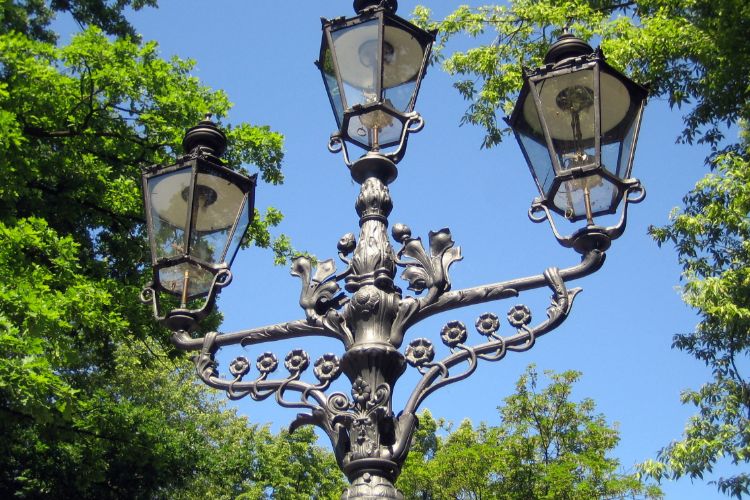
Gaslaternen Freilichtmuseum
BerlinThe Gaslaternen Freilichtmuseum (The Gas Lantern Open Air Museum Berlin) in Berlin is a permanent exhibition of historic gas lanterns in the immediate vicinity of the Berlin S-Bahn station Tiergarten on the edge of the Great Tiergarten. Some gas lamps were dismantled and stored in the Museum of Tech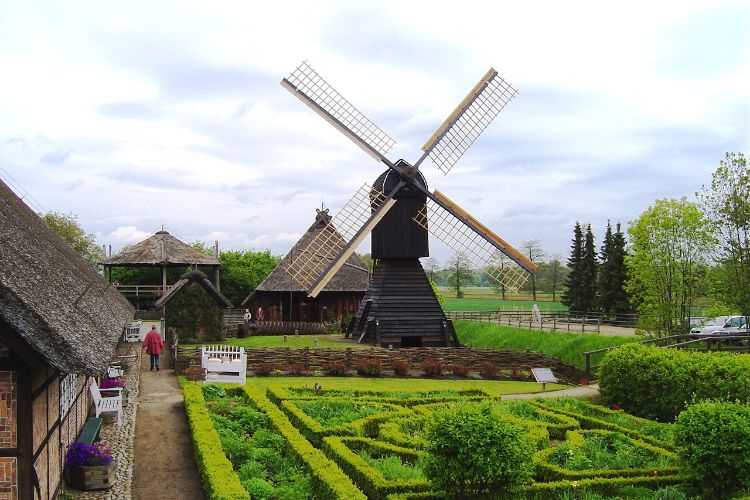
Rieck-Haus
HamburgThe Hufnerhaus from 1533, named after the Rieck family of farmers, is one of the oldest preserved half-timbered houses in northern Germany. This open-air museum tells the story of its five hundred years culture and history. The museum focuses on showing peasant life in the Vierlanden before the Indu
Ammerländer Bauernhaus
Bad ZwischenahnThe Ammerländer Bauernhaus open-air museum is situated in the municipality of Bad Zwischenahn, in the Ammerland district of Lower Saxony. This location offers a unique cultural experience in a picturesque setting, making it an interesting destination for tourists.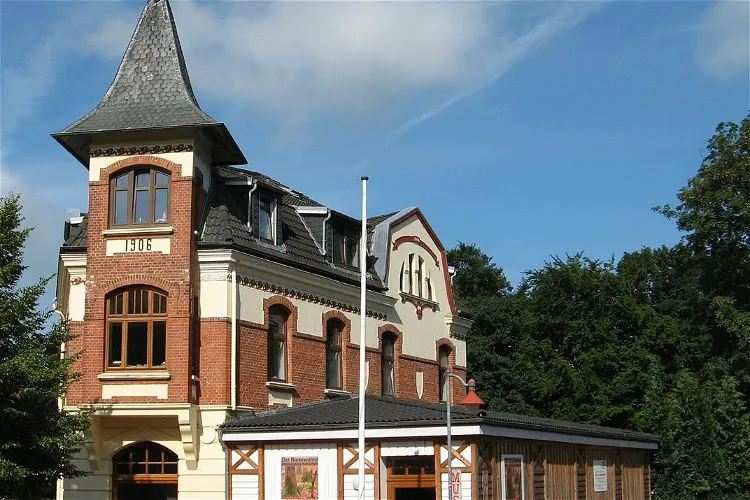
Museum für Archäologie und Ökologie Dithmarschen
AlbersdorfThe Museum für Archäologie und Ökologie Dithmarschen is a unique institution that combines the fields of archaeology and ecology. It is situated in the Dithmarschen district of Schleswig-Holstein, a region rich in history and natural beauty. The museum offers a deep dive into these two interconnected disciplines, providing visitors with a comprehensive understanding of the region's past and its relationship with the environment.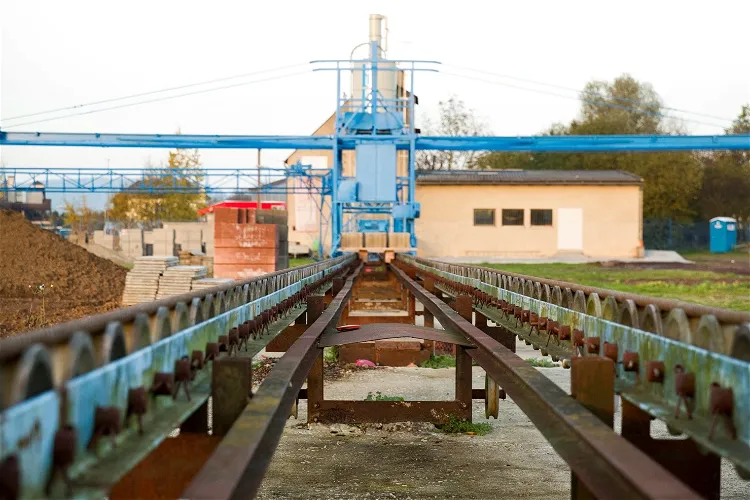
Deutsches Bimsmuseum
KaltenengersThe Deutsches Bimsmuseum, located in Kaltenengers near Koblenz, is dedicated to the history of pumice mining and the production of pumice stone in the Neuwied Basin. The museum traces the industry's development from its inception in the mid-19th century to the present day.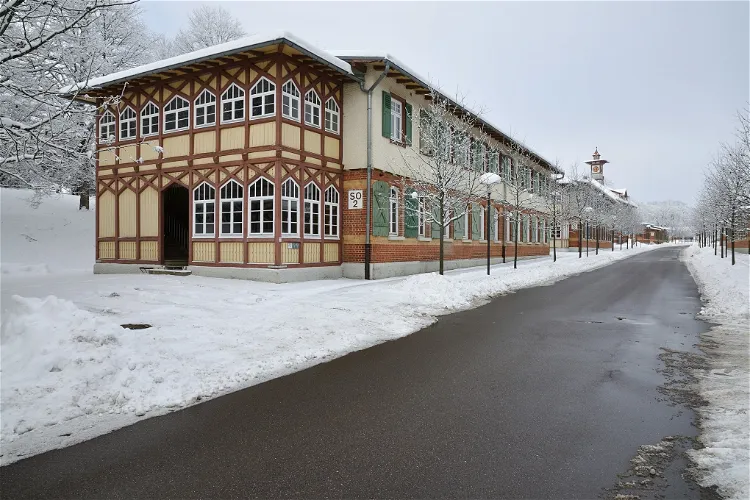
Museum Altes Lager Münsingen
MünsingenThe Altes Lager is open to the public daily from 9:00 AM to 7:00 PM. Visitors can access the site via a foot and bike path that was opened in 2019. This path connects the Altes Lager to the Swabian Alb biosphere area and the former military training area, offering a unique opportunity to explore the region's natural and historical attractions.
Handwerksmuseum-Suhlendorf
Groß EllenbergThe Handwerksmuseum Suhlendorf, located in Suhlendorf, Lower Saxony, is a museum dedicated to the development and diversity of crafts in the Lüneburg Heath region. It provides a comprehensive overview of the evolution of various crafts, offering a unique insight into the region's rich cultural heritage.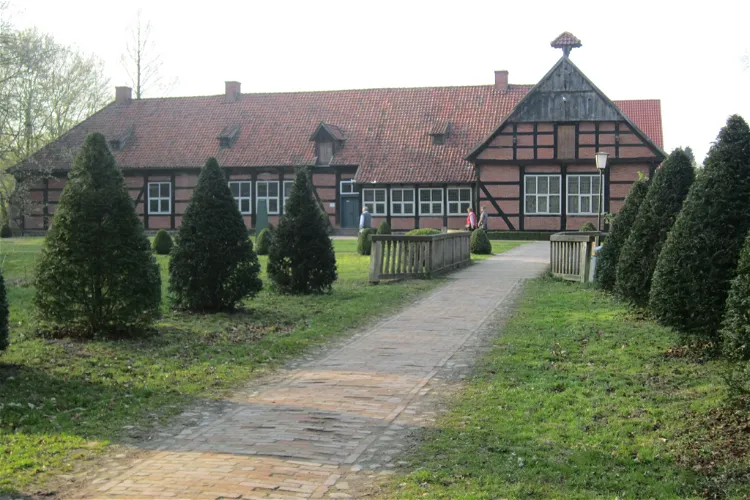
Museumsdorf Cloppenburg
CloppenburgMuseumsdorf Cloppenburg is an open-air museum situated in the German city of Cloppenburg. It is approximately 100 km northeast of the Dutch border in Twente, making it easily accessible for tourists from the Netherlands. The museum spans an impressive 20 hectares, providing ample space for exploration and discovery.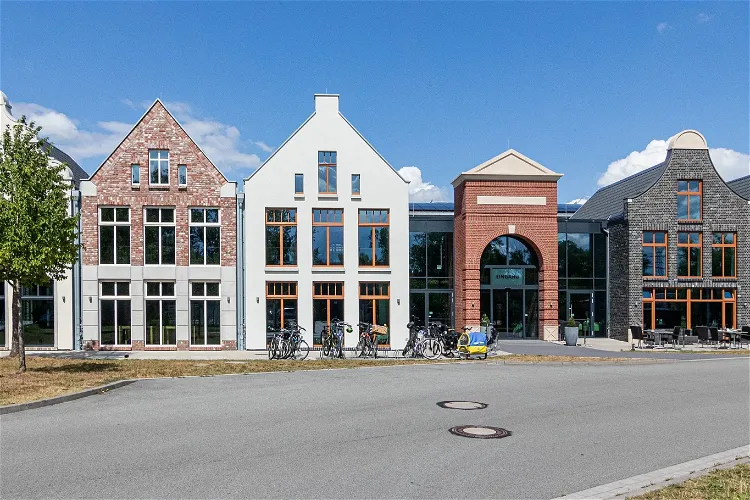
Leeraner Miniaturland
Landkreis LeerLeeraner Miniaturland is a model railway exhibition that spans an area of 1,100 m². It is situated in the western part of the city of Leer, in the region of Ostfriesland, Germany. The exhibition also includes outdoor areas for visitors to explore.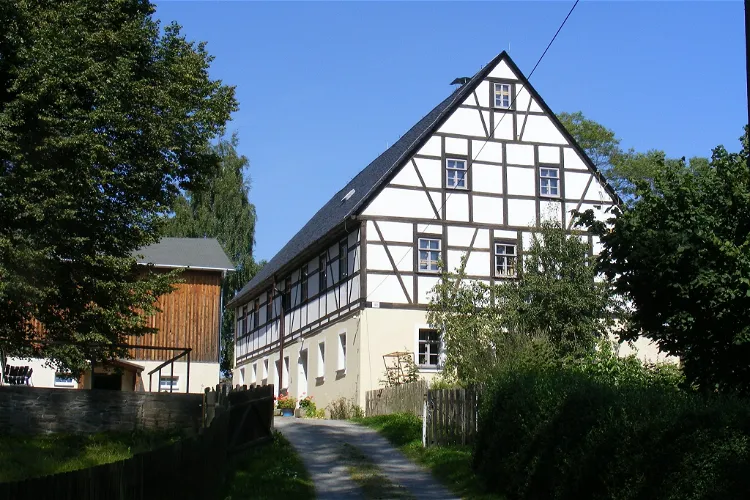
Dorfmuseum Gahlenz
OederanThe Dorfmuseum Gahlenz is a monument-protected three-sided courtyard located in the district of Gahlenz in the small Saxon town of Oederan. This unique architectural structure adds to the historical charm of the museum, making it a fascinating destination for tourists interested in history and architecture.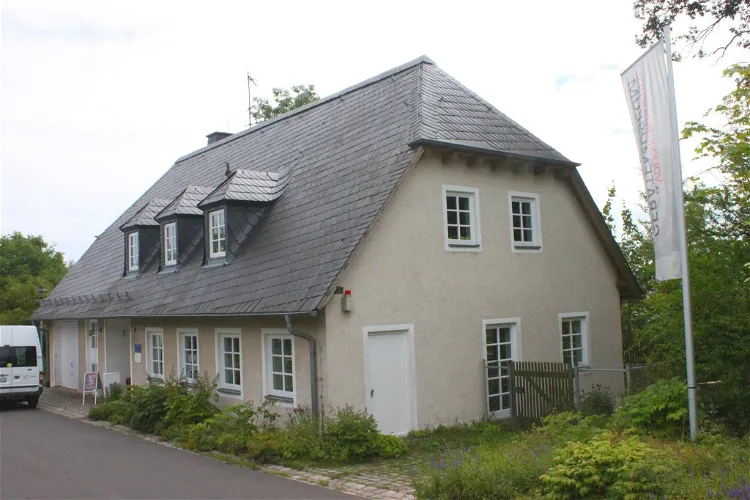
Volkskundliches Gerätemuseum Bergnersreuth
ArzbergThe Volkskundliche Gerätemuseum Bergnersreuth is an open-air museum situated in Bergnersreuth, a part of Arzberg in the Upper Franconian district of Wunsiedel in the Fichtelgebirge. This location offers a unique cultural experience, allowing visitors to immerse themselves in the local history and traditions of the region.- 114
Farmhouse Museum of the district Erding
ErdingThe Farmhouse Museum of the district Erding is dedicated to showcasing the historical rural economy and lifestyle of the district Erding in Upper Bavaria. It provides a unique insight into the past, allowing visitors to understand the agricultural practices and living conditions of the 19th and early 20th centuries. 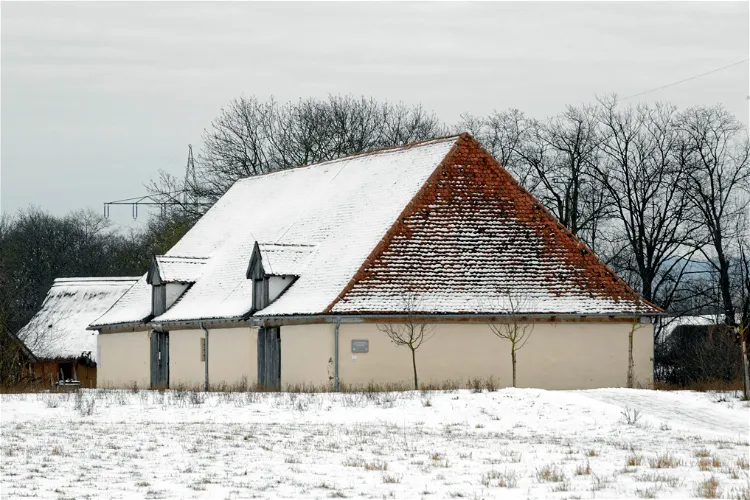
Archäologie-Museum im Fränkischen Freilandmuseum
Bad WindsheimThe Archaeology Museum in the Franconian Open Air Museum Bad Windsheim is a branch of the Archaeological State Collection Munich. It is located in a sheep barn from Virnsberg, which is part of the Middle Ages building group. This unique setting provides a historical backdrop for the museum's exhibits, enhancing the overall visitor experience.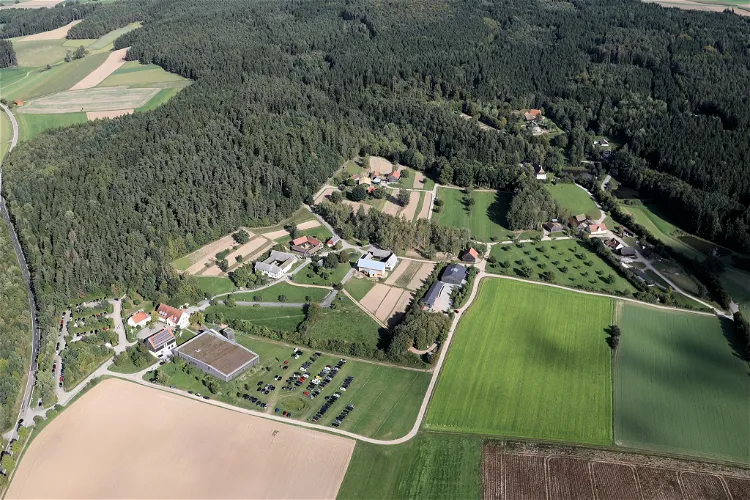
Freilandmuseum Oberpfalz
NabburgThe Freilandmuseum Oberpfalz is a museum that provides a glimpse into the life and living conditions of people in Oberpfalz over the past centuries. Located near the city of Nabburg, the museum is easily accessible from Hof, Regensburg, and Munich via the A 93, and from Nuremberg via the A 6 and B 85. The museum's exhibits are spread across several installations, each representing different regions of Oberpfalz.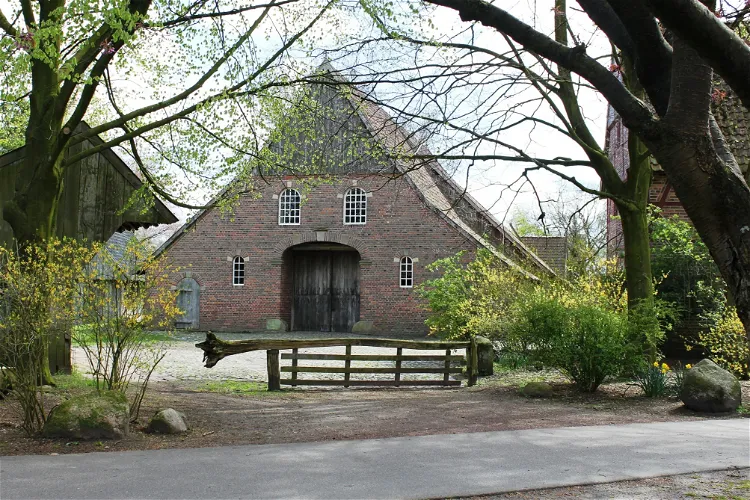
Bauermhausmuseum
VredenThe Bauernhaus-Museum, located in the city park of Vreden, is a collection of twelve buildings that together form a 'historical West Münsterland farm complex'. This open-air museum offers a unique insight into the rural life of the 19th and early 20th centuries, showcasing the architectural and cultural heritage of the region.
Römisches Weingut Weilberg
Bad DürkheimThe Villa rustica Weilberg is a Roman estate located in Bad Dürkheim - Ungstein in Rhineland-Palatinate. This historical site is prominently visible from the northern part of the town Ungstein, situated on the southern slope of a vineyard. The name Weilberg refers to the remnants of the estate, which were still clearly visible even in the post-Roman period.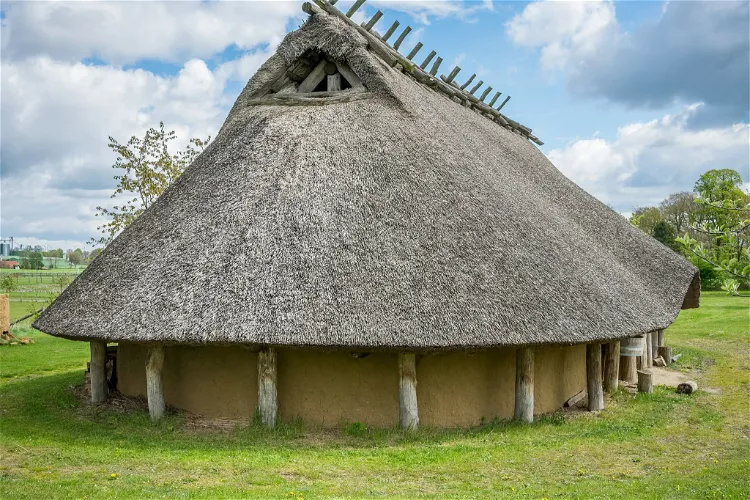
Eisenzeithaus Ostercappeln
OstercappelnThe Eisenzeithaus Darpvenne in Ostercappeln is a reconstructed Iron Age house, which was rebuilt in 2008 based on archaeological findings from the pre-Roman Iron Age. This reconstruction provides a unique insight into the living conditions of the people during this period, making it a fascinating destination for those interested in history and archaeology.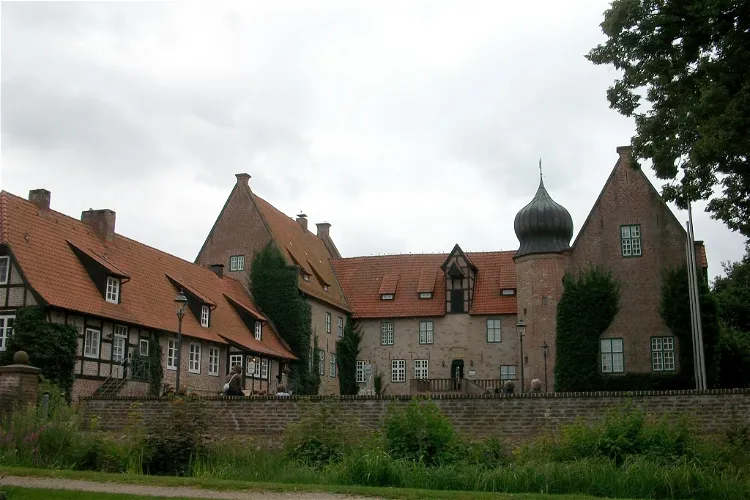
Museum Burg Bederkesa
GeestlandMuseum Burg Bederkesa is an archaeological and cultural history museum situated in Bad Bederkesa, a town in the district of Cuxhaven, Germany. The museum offers a deep dive into the rich history and culture of the region, making it an ideal destination for history enthusiasts and curious tourists alike.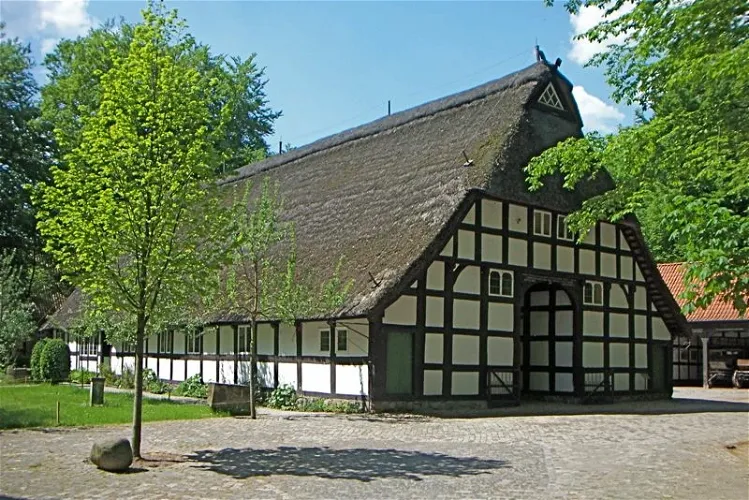
Kreismuseum Syke
SykeThe Kreismuseum Syke is a regional and open-air museum situated in the town of Syke. It is under the sponsorship of the Diepholz district. This museum is a significant cultural institution in the region, offering a wide range of exhibits and activities that provide insights into the local history and culture.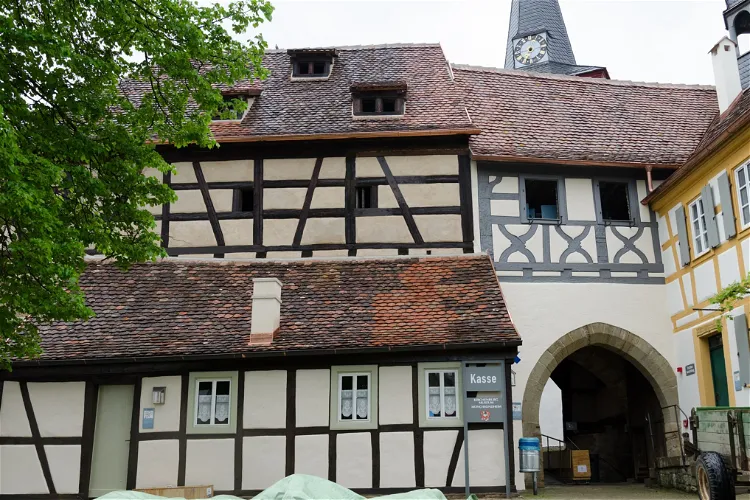
Freilandmuseum Kirchenburg Mönchsondheim
IphofenThe Kirchenburg Museum is an open-air museum situated in the charming town of Mönchsondheim, nestled in the southeastern part of the Kitzingen district in the Steigerwald foothills. This location offers a unique blend of cultural heritage and natural beauty, making it an ideal destination for those interested in history, architecture, and nature.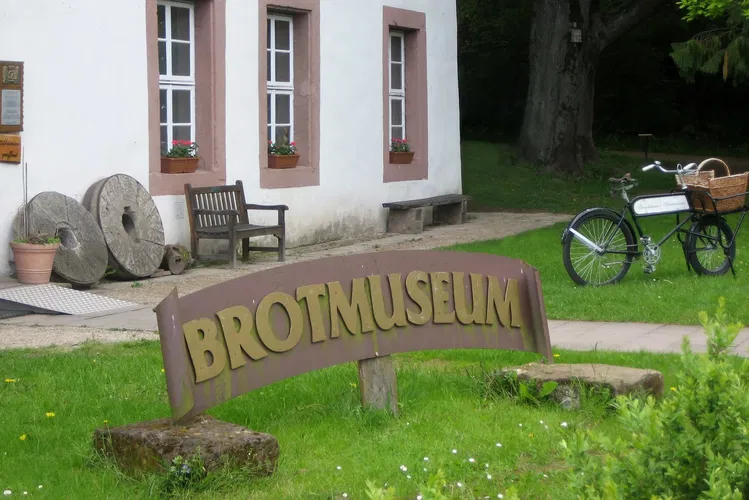
European Bread Museum
EbergötzenThe European Bread Museum in Ebergötzen is a unique institution that showcases a cultural-historical collection centered around the theme 'From Grain to Bread'. This museum provides an in-depth look into the history and significance of bread in various cultures, making it an interesting destination for those interested in food history and culture.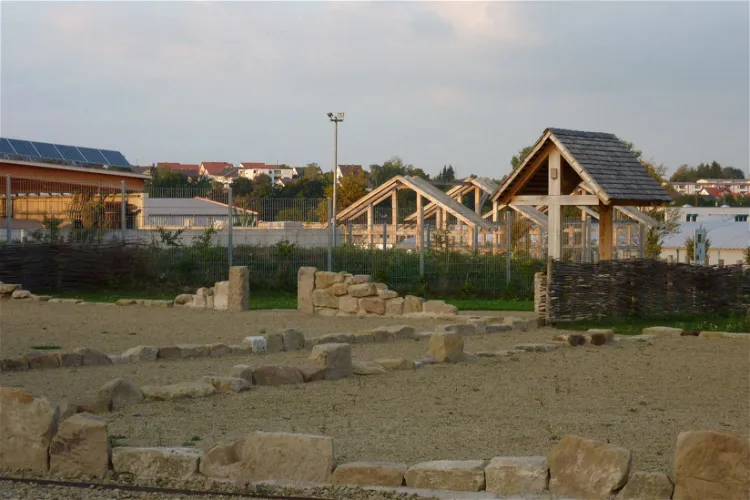
Archäologische Freilichtanlage
GüglingenThe Archaeological Open-Air Museum in Güglingen is dedicated to the exploration of Güglingen's Roman past. The museum provides a unique opportunity to delve into the history of the region during the Roman era, offering a glimpse into the lives of the people who once inhabited the area.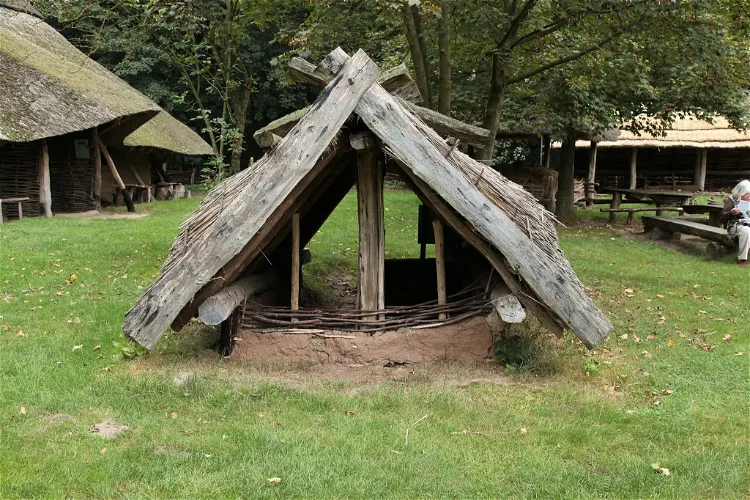
Freilichtmuseum Sachsenhof
GrevenThe Freilichtmuseum Sachsenhof in Greven -Pentrup is a unique attraction that offers a glimpse into the past. It is a reconstruction of a 1200-year-old early medieval Saxon farmstead. The museum showcases attempts to cultivate crops and wild herbs from that era, providing a fascinating insight into the agricultural practices of the time.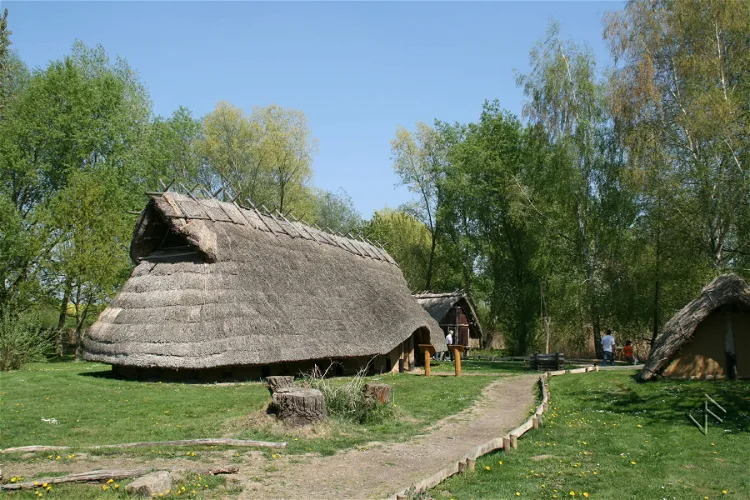
Opfermoor Vogtei
VogteiThe Opfermoor of Niederdorla, also referred to as Opfermoor Oberdorla and Opfermoor Vogtei, is a significant prehistoric cult site. It is situated in a flat lake to the north of Niederdorla in the Thuringian Unstrut-Hainich district. This site offers a unique glimpse into the past, providing an opportunity to explore the cultural and religious practices of ancient civilizations.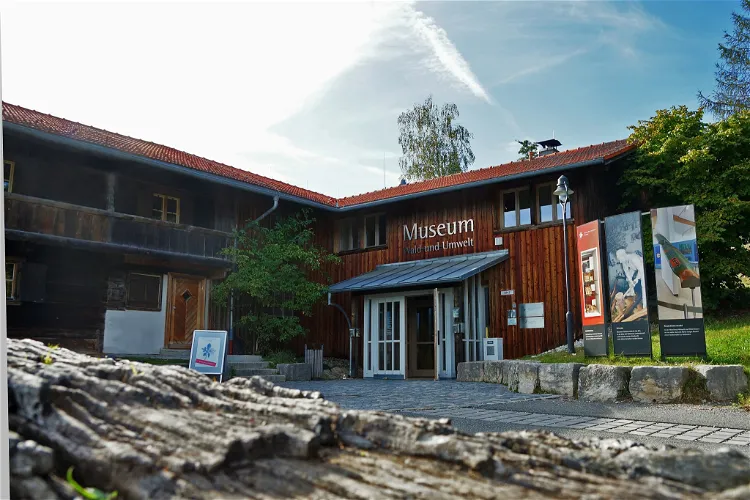
Museum Wald und Umwelt
EbersbergThe Museum Wald und Umwelt is a natural science educational institution located on the Ludwigshöhe, on the edge of the Ebersberg Forest. This location offers visitors a unique opportunity to learn about the natural environment and its history in a picturesque setting.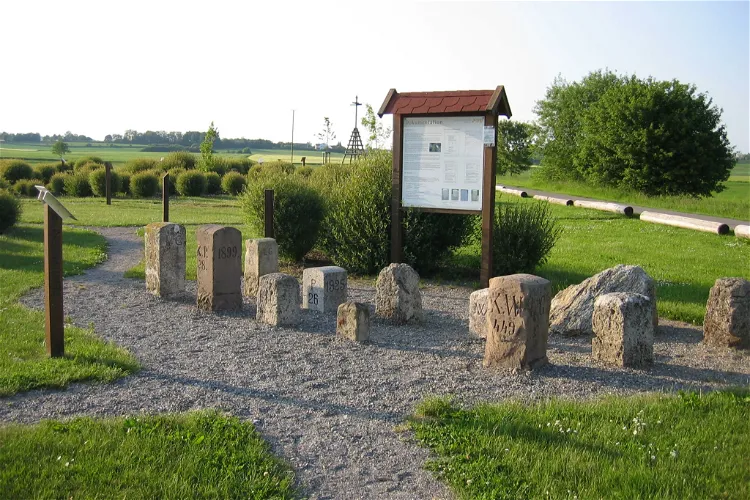
Grenzsteinmuseum Ostrach
OstrachThe museum houses a permanent local history exhibition and a 'Grenzsteinmuseum' section. This section showcases border stones, maps, and surveying tools, offering visitors a comprehensive understanding of the region's historical border relations and surveying techniques.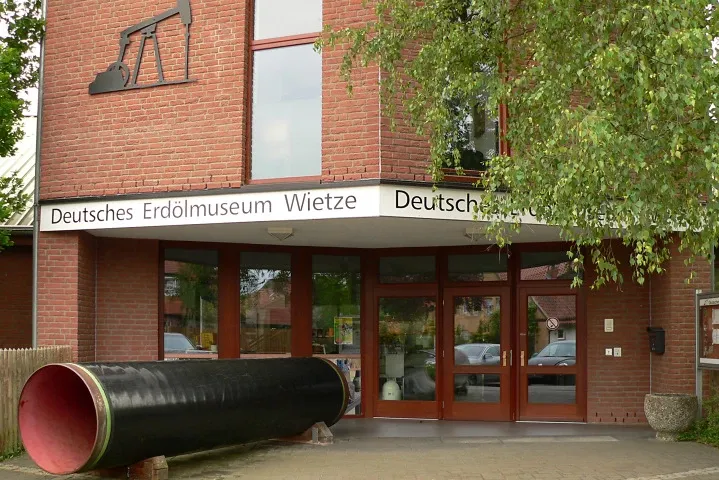
German Oil Museum
HornbostelThe German Oil Museum Wietze, situated in the municipality of Wietze, west of Celle in the district of Celle (Lower Saxony), is a significant site for those interested in the history and development of the oil industry. Established on part of the former Wietze oil field, the museum was opened in 1970 and offers a unique insight into the evolution of the oil industry in Germany.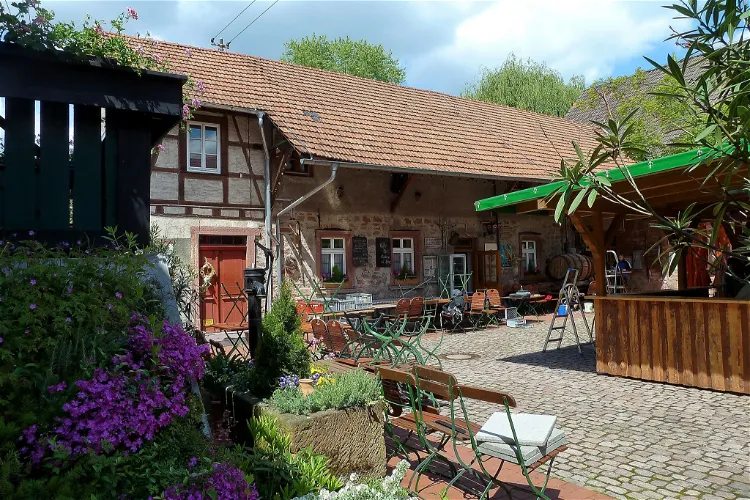
Gruberhof
Groß-UmstadtGruberhof, an old farmstead, has been serving as a museum and cultural center of the city of Groß-Umstadt since 1987. It offers a unique collection of regional significance, covering agriculture, crafts, and history. The museum is not only a place for historical lectures, traditional festivals, and cultural events but also a city, homeland, and farm museum with various craft departments. A large part of it is designed as an open-air museum.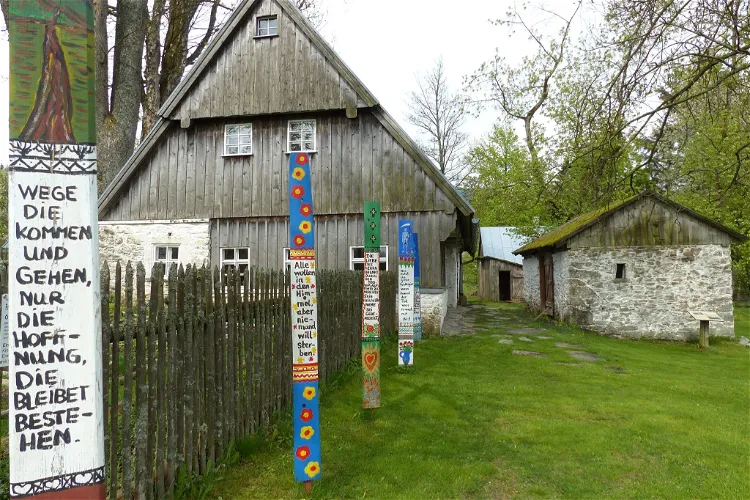
Freilandmuseum Grassemann
GrassemannThe Freilandmuseum Grassemann serves as an information center for the Fichtelgebirge Nature Park and is an open-air museum located in Grassemann, a district of the Upper Franconian municipality of Warmensteinach. This location offers visitors a unique opportunity to learn about the region's natural environment and cultural history.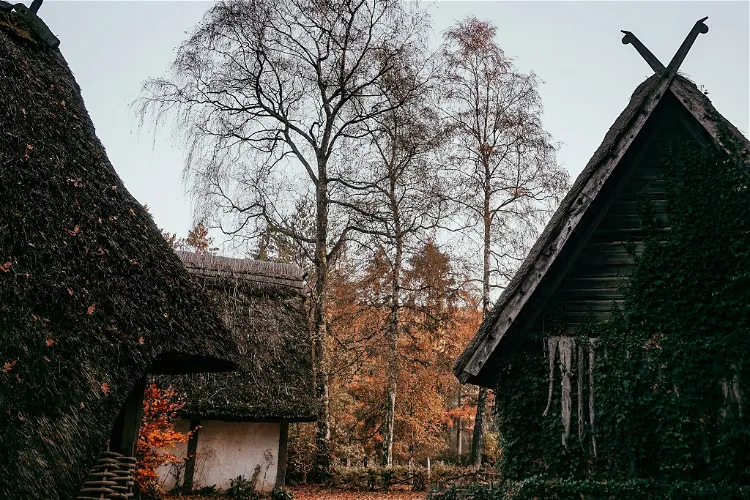
Archäologisches Freilichtmuseum Oerlinghausen
OerlinghausenThe Archaeological Open-Air Museum Oerlinghausen (AFM Oerlinghausen) is located in the city of Oerlinghausen, situated in the Lippe district of North Rhine-Westphalia, Germany. This museum is a significant destination for those interested in archaeology and history, offering a unique insight into the past through its various exhibits and reconstructions.- 133
Museum Gensungen
GensungenMuseum Gensungen is situated in a half-timbered house in the heart of Gensungen. The museum complex is comprised of the Museum of Prehistory and Early History, a day laborer's house from the first half of the 19th century, and the adjoining museum courtyard. The courtyard is surrounded by a bakery with a wood-burning oven, a pergola, and the museum barn, adding to the historical ambiance of the place. - 134
Kuriositäten- und Raritätenmuseum
LindlarThe LVR Open Air Museum Lindlar, located near Lindlar, is one of the two open-air museums run by the Rhineland Landscape Association. Having opened its doors in 1998, it is considered one of the most recent and modern facilities of this museum type in Germany. The museum offers a unique insight into the rural everyday life in the Bergisches Land over the past centuries. - 135
Imkereimuseum - Imkerverein Rheine e.V.
RheineBeekeeping museums, also known as Imkereimuseum or Bienenmuseum, are found worldwide and are dedicated to showcasing the historical development of beekeeping and honey production. These museums provide a unique insight into the evolution of this ancient practice, from its earliest beginnings to the modern techniques used today. Visitors can learn about the intricate process of honey production, the role of bees in our ecosystem, and the various tools and techniques used by beekeepers throughout history. - 136
Heimatverein Eckenhagen
ReichshofThe Bauernhofmuseum Eckenhagen is a museum situated in the district of Eckenhagen, within the municipality of Reichshof in the Oberbergischer Kreis, North Rhine-Westphalia. This location provides a unique cultural experience in a region known for its rich history and beautiful landscapes. - 137
Dorfmuseum Ridderade
TwistringenRidderade is a quaint locale nestled in the Heiligenloh district of the city of Twistringen, situated in the Lower Saxony district of Diepholz. This geographical positioning offers visitors a unique opportunity to explore the rich history and culture of the region, while also enjoying the serene beauty of the Lower Saxony district.